ACKNOWLEDGEMENTS
I would like to thank everyone who has contributed to my thesis project. The numerous discussions and ideas have allowed my project to take form.
Thank you to my thesis advisors, Prof Christine Yogiaman, Prof Jason Lim and Prof Zheng Kai, for their knowledge and guidance through my thesis journey.
Thank you to Ying Yi who has been a great listening ear and also a forth mentor.
Thanks to my friends, who made thesis enjoyable with conversations that contain endless laughters and sarcasm.
Thank you to my parents who have been constant pillars of support.
Last but not least, thank you to Hanny, who has been my constant source of emotional support through this whole journey.
“We human beings are social beings. the result of others’ actions. We others. Whether we like it or not, lives when we do not benefit from it is hardly surprising that most of our of our relationships with others.”
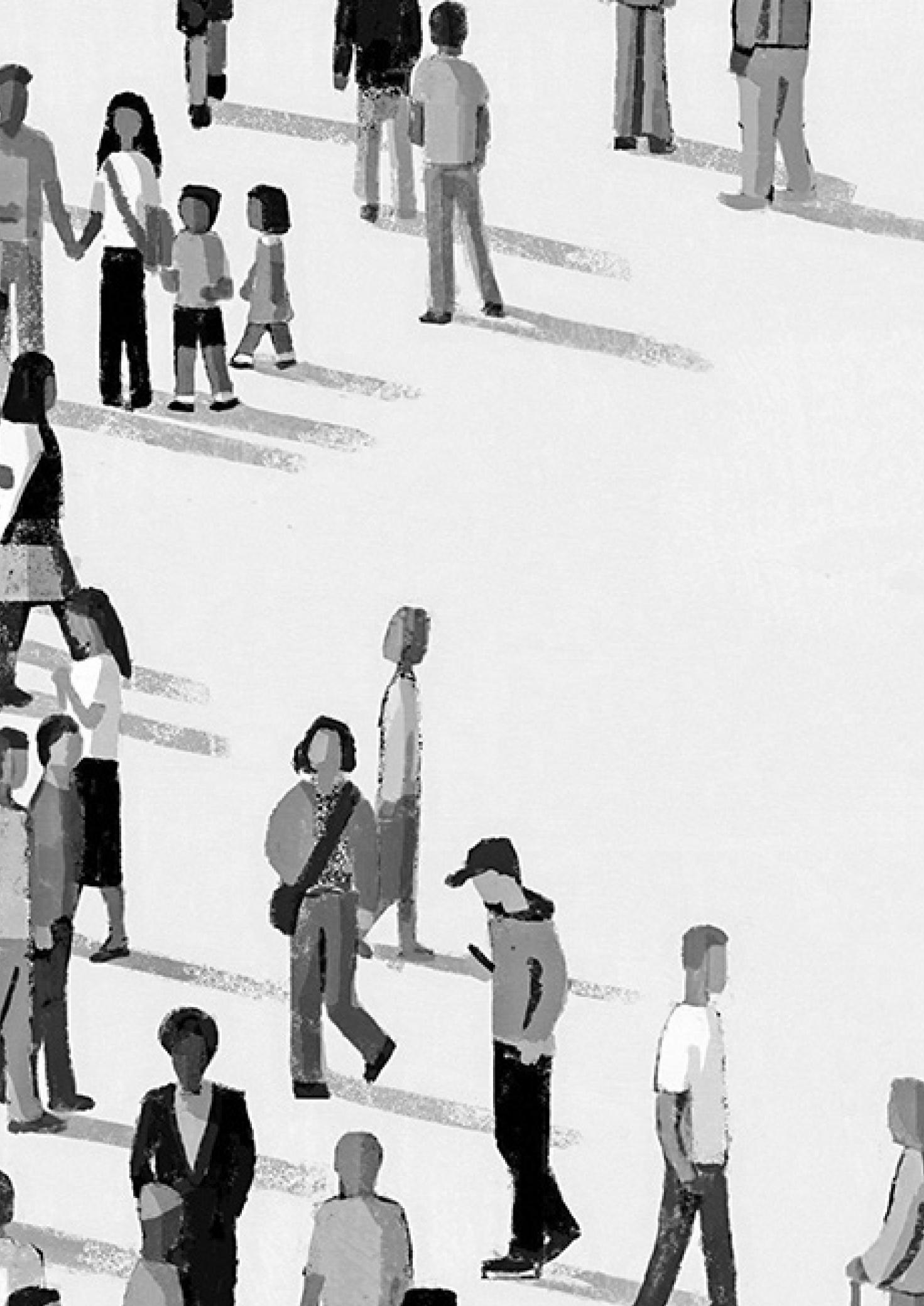 TENZIN GYATSO,
TENZIN GYATSO,
beings. We come into the world as survive here in dependence on there is hardly a moment of our from others’ activities. For this reason, our happiness arises in the context
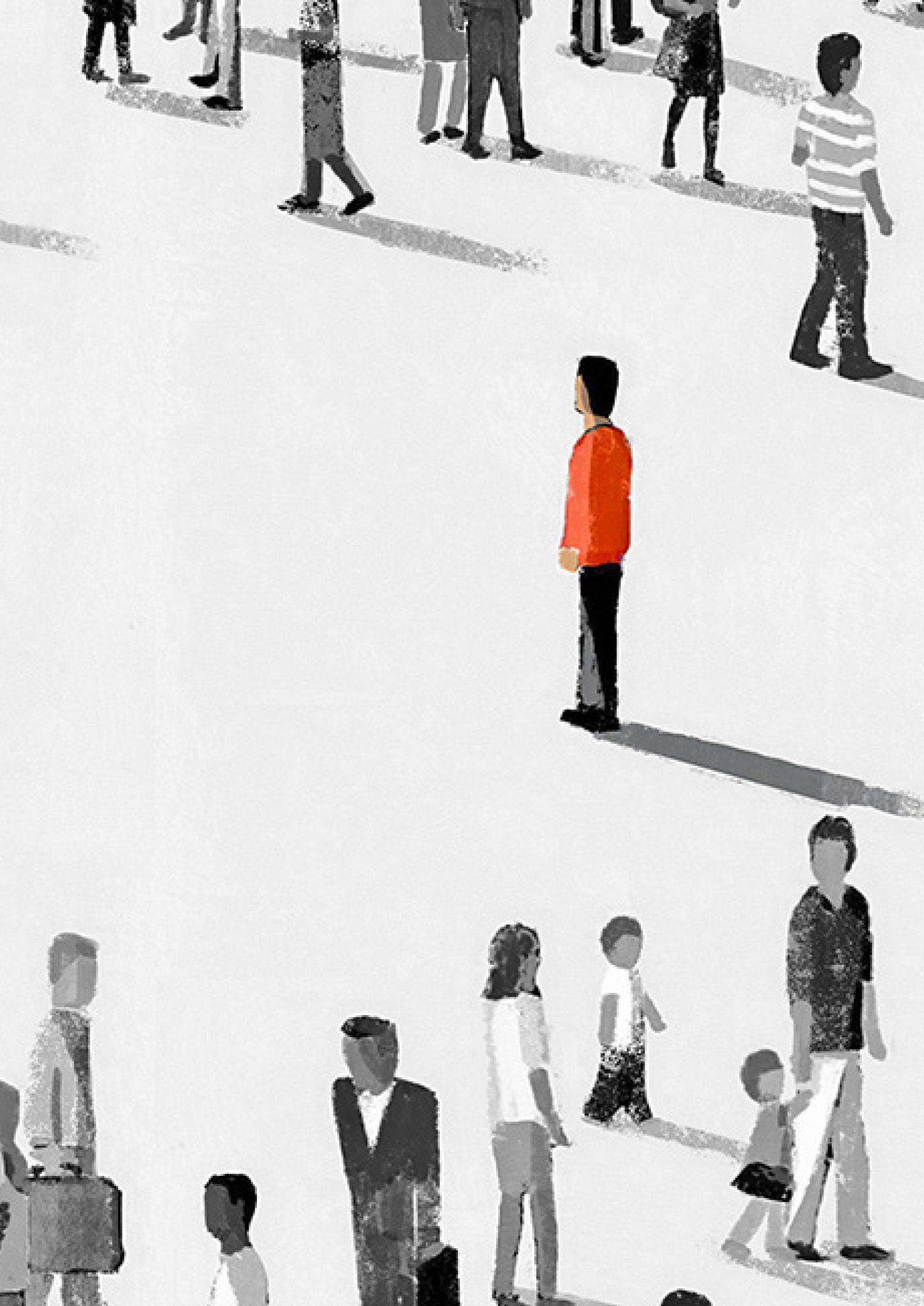
CONTENT
Loneliness due to social isolation is a globally-growing health concern. Situated in Singapore, the thesis addresses the need to tackle growing loneliness among the youth. The thesis will first examine third places which exist to introduce opportunities for youth to interact and connect. With each new generation of youth, there is an evident transition of third places from the physical to the virtual. The coordination of the physical and virtual will introduce the idea of a Phygital Third Place.
There has been many existing strategies used to deal with loneliness. The thesis will address Behavioral Activation Therapy (BAT) as the tool to alleviate loneliness. BAT kickstarts positive thoughts and emotion through engaging a person in an activity.The thesis capitalizes on making as a gateway of activating engagement, through layers of communication to catalyze the positive cycle of BAT. In this thesis, Phygital Third Places will be designed and curated to facilitate and enable the activation of making. The development of these place will generate meaningful social connections within the youth, promoting social inclusion and alleviating loneliness.
KEYWORDS: YOUTH SOCIAL ISOLATION, SEAMLESS PHYSICAL AND DIGITAL REALITY, PLATFORM FOR BEHAVIORAL ACTIVATION THERAPY, DESIGNING FOR THIRD PLACES
VICIOUS CYCLE OF LONELINESS AMONGST THE YOUTH
YOUTH LONELINESS STATISTICS THE CYCLE OF LONELINESS
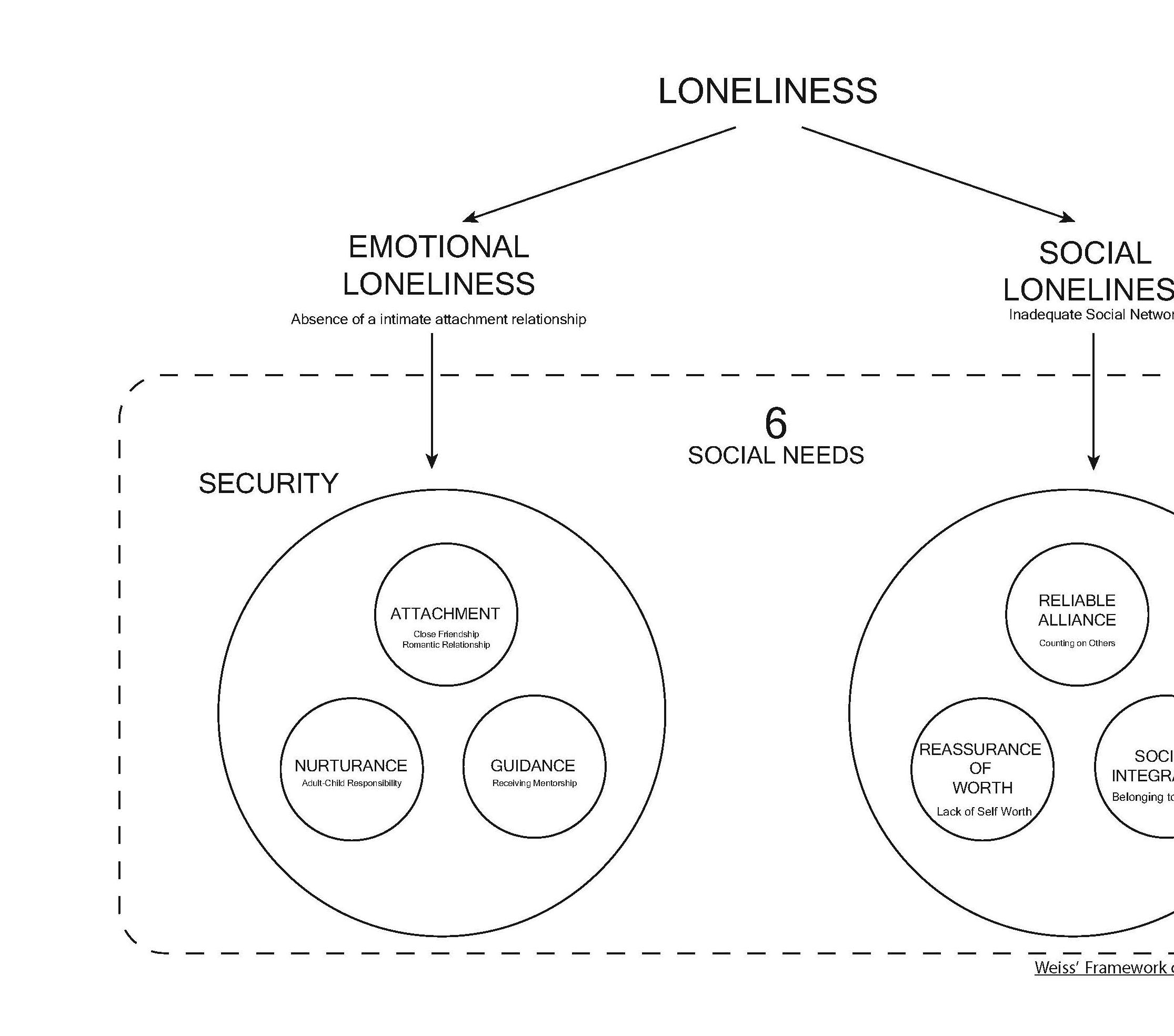
UNDERSTANDING LONELINESS
In a research done in 2010, Hawkley and Cacioppo defined loneliness as the “perceived sense of disconnection from others” that results from one’s needs for relationships not being met. An individual experiencing loneliness is often linked to having a lower social presence and signs of social isolation.
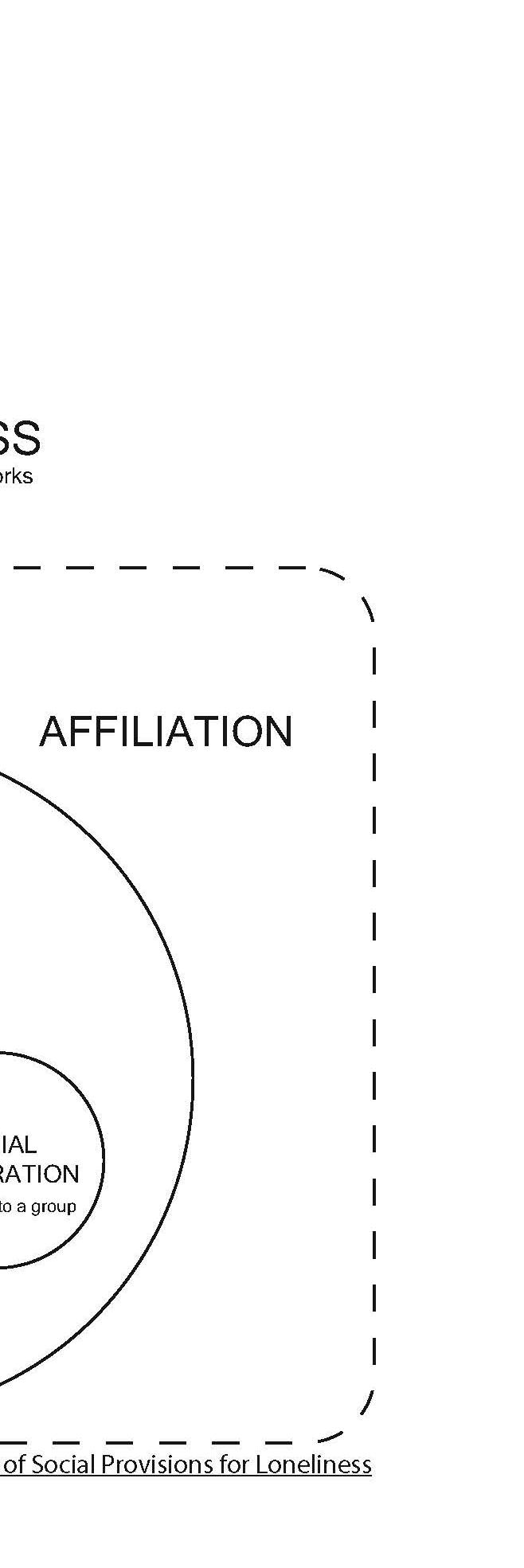
In this paper, Social Presence is defined as the subjective sensation of being with a “real” person, in which one is able to directly assess what this person is thinking and feeling (Biocca, 1997). Many researchers believed that social presence is tied to a few desirable communication outcomes, such as being likable and having the ability to persuade others (Lee et al., 2006, Fogg and Tseng, 1999). In a society, it is inevitable for one to live without others, and being persuasive and likable is important to ensure that people can communicate effectively.
Social isolation refers to the state where an individual is observed to have a small number of social relationships or rarely participate in social interaction. Being socially isolated hinders one from being able to rely on and receive help from other people when needed.
There are two types of loneliness: “social” and “emotional” loneliness (Weiss, 1973) (Refer to Figure 1.0). The former is defined as having an insufficient social network, which is necessary for a sense of affiliation, while the latter is often tied to the lack of an attachment figure who is required for a sense of security.
YOUTH LONELINESS STATISTICS
Increased loneliness has become a global public health issue. In the recent years, the restrictions brought up due to Covid-19 has further reduced opportunities for physical communication, which leads to increased risk of social loneliness. It also proves that physical communication cannot be fully replaced by virtual communication. Based on a study, Covid-19 has led to an increase in reported loneliness, from one third of adults to half. Despite Covid-19 restrictions are slowly being eased and physical connections are made possible again, the number of individuals who are lonely continue to increase.
In Singapore, the statistic on loneliness is similar to the statistics found globally. The Singapore Youth Epidemiology and Resilience Study in 2019 has found that 1 in 3 youth in Singapore reported internalizing health symptoms, such as “sadness, anxiety and loneliness”. In the past five years, more young people have begun to seek help with mental wellness services. Loneliness has also been found to be a predictor of suicide risk in young adults, prompting a possible loneliness epidemic by 2030.
One in three youth in Singapore has reported internalizing health symptoms such as sadness, anxiety, and loneliness.
-Singapore Youth Epidemiology and Resilience Study, 2019
Millennials have become more fearful (58%) and less sociable (54%) because of the pandemic.
-TODAY Youth Survey
More young people are seeking help with a mental wellness service run by IMH, a surge in the past 5 years (2016-2021)
-IMH,2022
Loneliness has been found to be a predictor of suicide risk in young adults. A possible loneliness epidemic by 2030.
-Holt-Lunstad et al, 2015

FIG 2.0: The Cycle of Loneliness
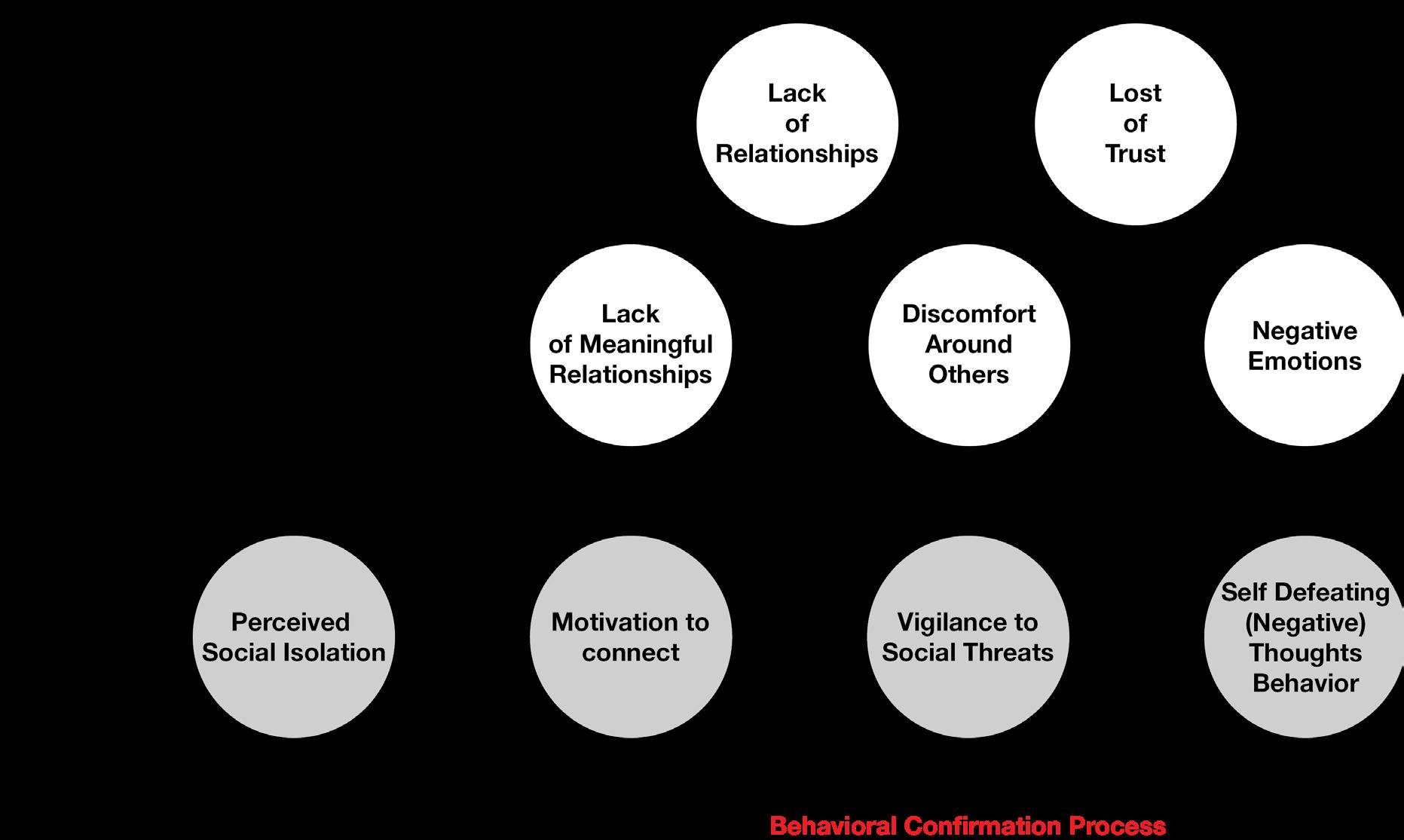
THE CYCLE OF LONELINESS
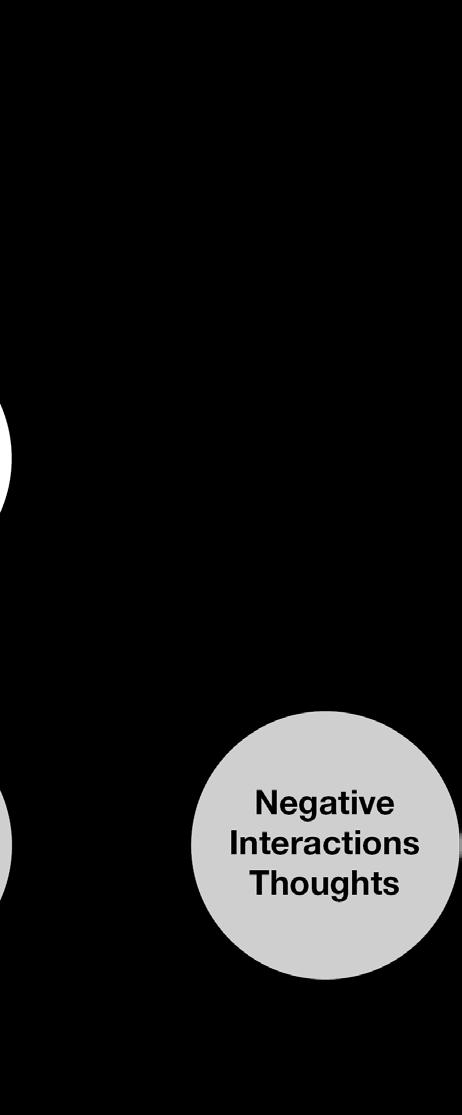
In reference to Figure 2, loneliness starts with an individual perceiving that they are socially isolated. This lack of social contact drives one to seek connection with others. However, sometimes this action of looking for a meaningful connection may fail and led one to experience discomfort around other people. This discomfort is often associated with the feeling that they are not meant for social connection and led them to perceive social opportunities as threats. One may continue to breed self-defeating behavior and thoughts, which may lead them to further choose to isolate themselves. This forms a vicious cycle as one repeatedly affirms themselves that they are not meant for social connections, despite their social needs for relationship and connection are still not met.
This vicious cycle can lead to chronic or severe loneliness, posing threats to an individual’s health and wellbeing.
THE PROMISE OF SOCIAL INCLUSION IN PHYGITAL THIRD PLACES
THE DEFINITION OF THIRD PLACES PHYSICAL THIRD PLACES THE RISE OF DIGITAL THIRD PLACES PHYGITAL THIRD PLACES
3.0: The Definition of Third Place
THE DEFINITION OF THIRD PLACES
According to the Sociologist Oldenburg, “Third Place” refers to places where people spend time between home, the “first” place, and work, the “second” place. Third places “host the regular, voluntary, informal, and happily anticipated gatherings of individuals beyond the realms of home and work.” (Oldenburg and Brissett, 1982). They are places where people gather primarily to enjoy each other’s company (Oldenburg and Brissett, 1982) and they provide the context for sociability, spontaneity, community building and emotional experience (Jeffres et al., 2009).
According to Oldenburg (1989), there key characteristics of third places include “neutrality, democracy, inclusiveness, publicness, the ability to become levelers, conversational, exhibiting a low profile.” They are also “playful”, and “welcoming to regulars and newcomers alike”. These characteristics will give rise to unique communication experiences and sociological benefits for an individual.

TRADITIONAL PHYSICAL THIRD PLACES
Physical third places “offer stress relief from the everyday demands of home and work to an individual”(Jeffres et al., 2009). By partaking in social activities without written authorization, one will develop the feeling of social inclusiveness and sense of belonging. Within a community, these places will strengthen ties through social interactions.
Bars, coffee shops, hair salons, barbershops, recreation centres, swimming pools, and other common gathering places are typical examples of physical third places.
FIG 4.0:Barbershop
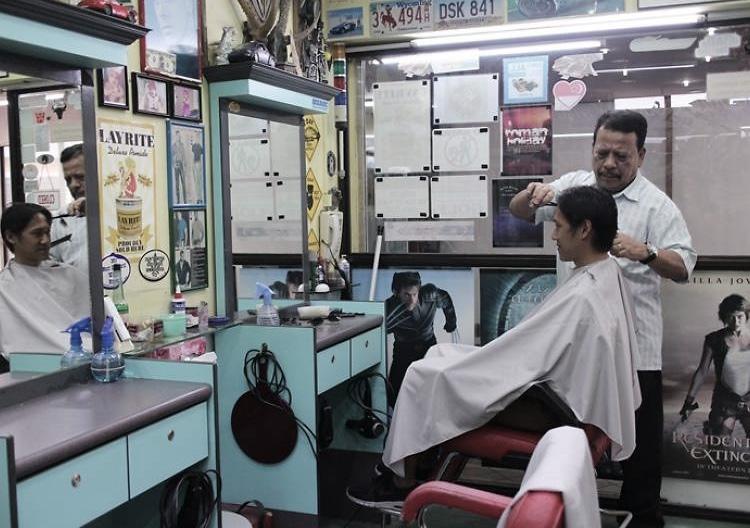
FIG 5.0:Coffeeshop
FIG 6.0:Void Deck
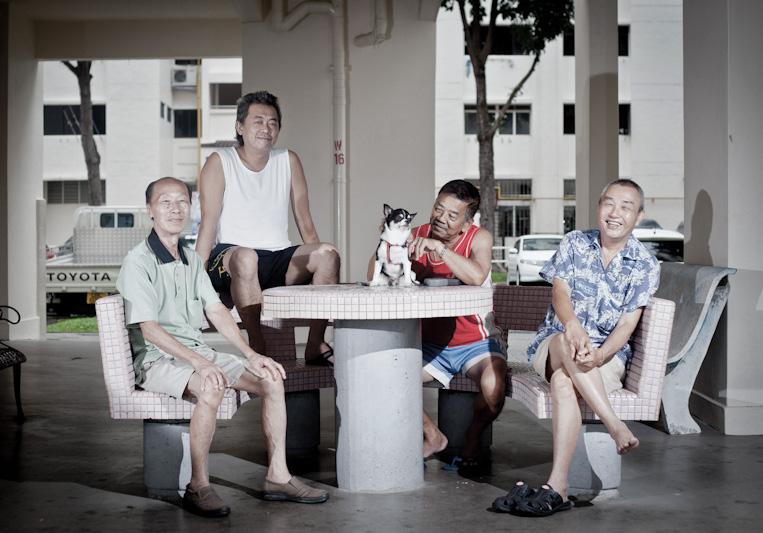
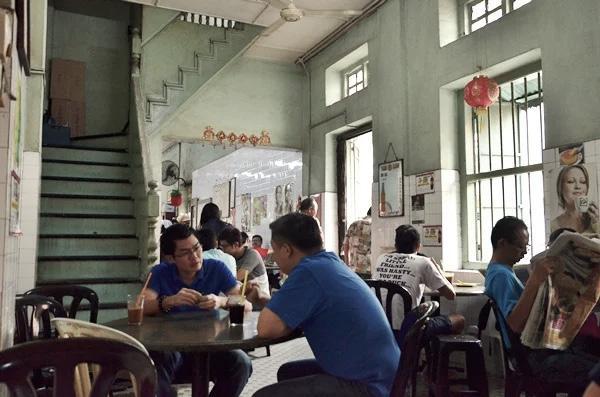
FIG 7.0: Outdoor Gathering Locations
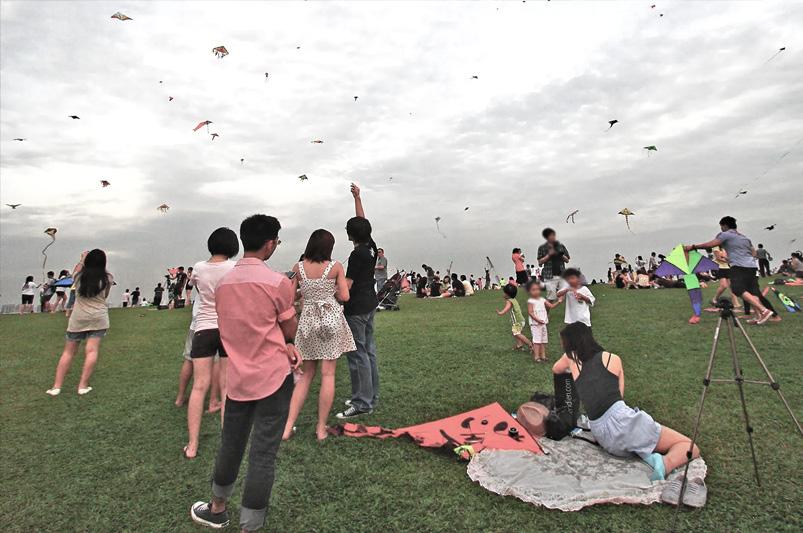
THE RISE OF DIGITAL THIRD PLACES
In relation to new technology, the term “virtual (digital)” has been used to “identify mediated communications that involves the transcendence of time or space and the creation of a new, symbolic communicative environment” (Castells, 2000, cited in Soukup, 2006). The phrase “Virtual Third Place” provides the differentiation necessary between the original conceptualization of traditional third places and the new mediated applications.
When the concept of third place was introduced (Oldenburg and Brissett, 1982), Information and Communication Technology (ICTs) such as the Internet and mobile phones and social networking services (SNS) were still at the early stages of influence within the society. ICTs were weaving into “the fabric of everyday life”(Mark, 1991) and becoming indistinguishable. They played the role of “improving physical space and multiplied the informational role of places and things” (Anacleto and Fels, 2013). ICTs altered the function and characteristics of Oldenburg’s third places.
In the digital technology today that we have today, these digital third places have been thriving. There are many well known platforms/ games that have boomed. These platforms are actively used by the youths. There is a huge number of monthly active users in the digital space. Minecraft for example has 140 million monthly active users, Roblox has an even larger number of 202 million monthly active users, etc.
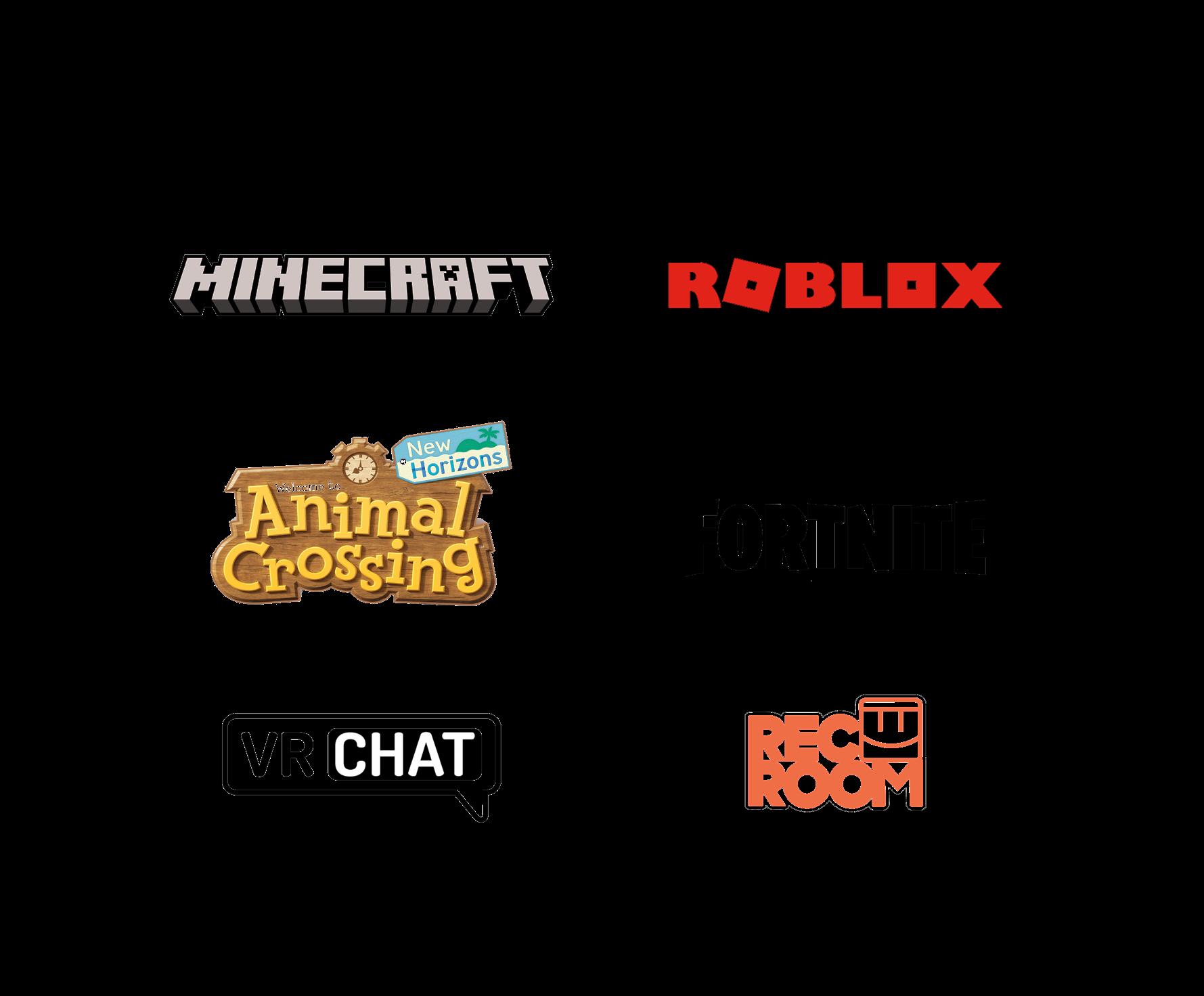
PHYGITAL THIRD PLACE
In today’s context, our life are intertwined by both the digital and physical reality, There is a need for a seamless physical and digital reality, phygital reality. In no way, can an individual remain living in one reality as society progresses with technology. Just living in one reality will leave them stranded from the other, hence there is a need to be actively engage in both realities and not be isolated from the other. Humans need to live in a phygital reality.
BREAKING THE CYCLE OF LONELINESS WITH BEHAVIORAL ACTIVATION THERAPY
BEHAVIORAL ACTIVATION THERAPY (BAT) APPLICATION OF BAT MAKING THE ACTIONS OF MAKING

EXISTING INTERVENTIONS
Many research studies have highlighted different methods and mediums to tackle loneliness. With reference to Figure 3, these existing strategies can be categorized into 2 themes: 1. Professional Vs Community, 2. Physical Vs Community. These strategies may have suggestive limitations within their approach, but they remain as useful reference studies.
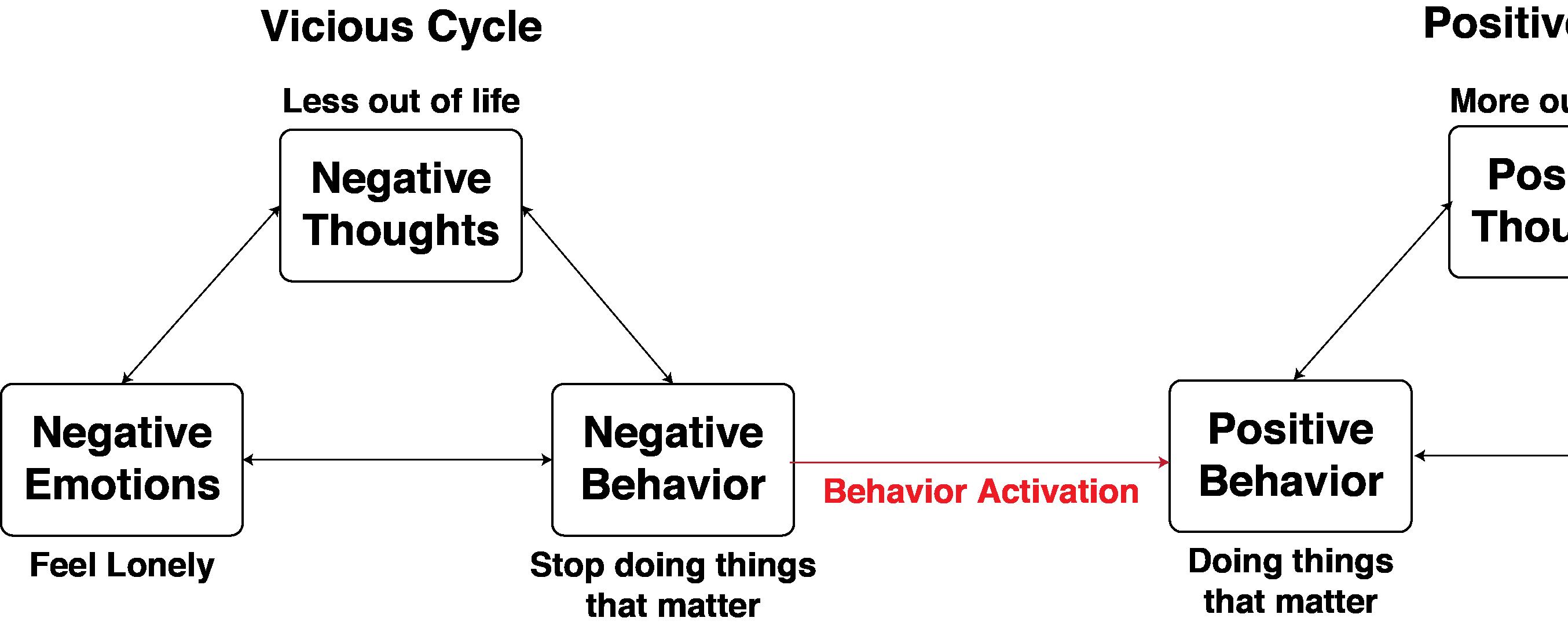
BEHAVIORAL ACTIVATION THERAPY
BAT’s approach involves using positive behaviors to influence emotions. It is an important and effective psychotherapeutic method more commonly used to address depression. Based on the theory of depression by Lewinsohn, there is a lower tendency for a depressed individual to involve themselves in behaviors that are “pleasant or meaningful”. Through exercising negative behaviors, the individual will experience negative thoughts or negative emotions. As a result, the individual will experience the “vicious cycle of depression (Lewinsohn, 1975)” that repeats.
BAT is about addressing and activating the behaviors (daily activities) of the individual. Through professional therapy, the individual will be taught about techniques such as : “self-monitoring their everyday activities and mood”(Cuijpers et al., 2007), encouraging “activity scheduling”, “activity structuring”(Refer to Figure below for more techniques). BAT is a journey towards improvement and not an immediate solution to the individual’s wellbeing. It is important to continuously engage in joyful behaviors frequently. BAT aims to breaks the “vicious cycle of depression (Lewinsohn, 1975)” and translate it into a positive cycle through the individual’s engagement in activities that matter.
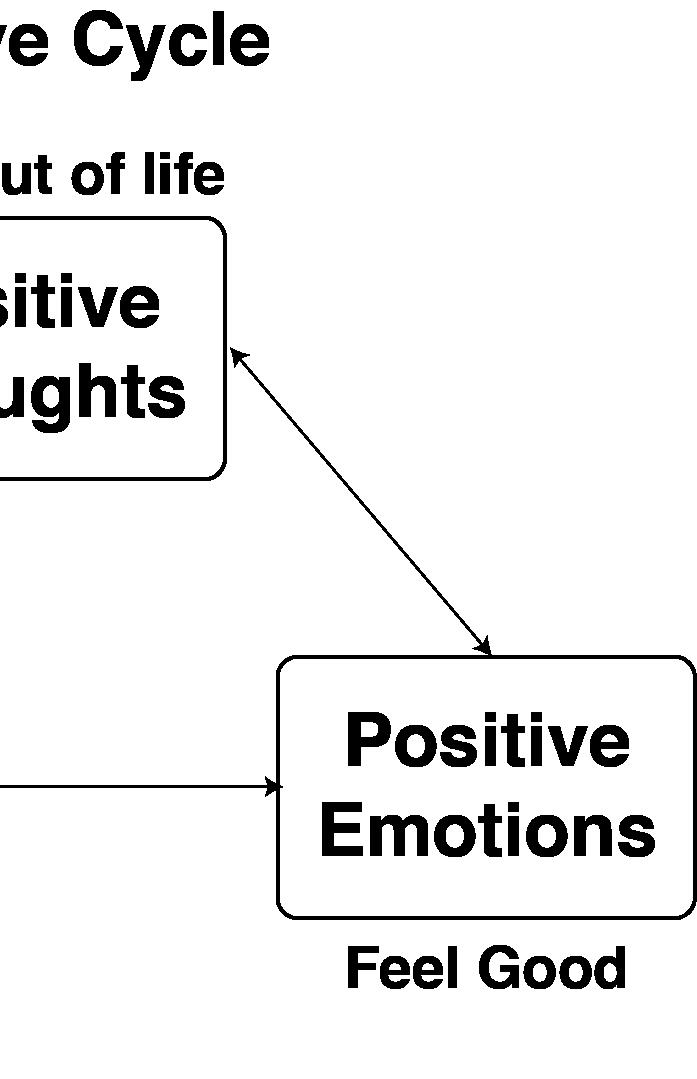
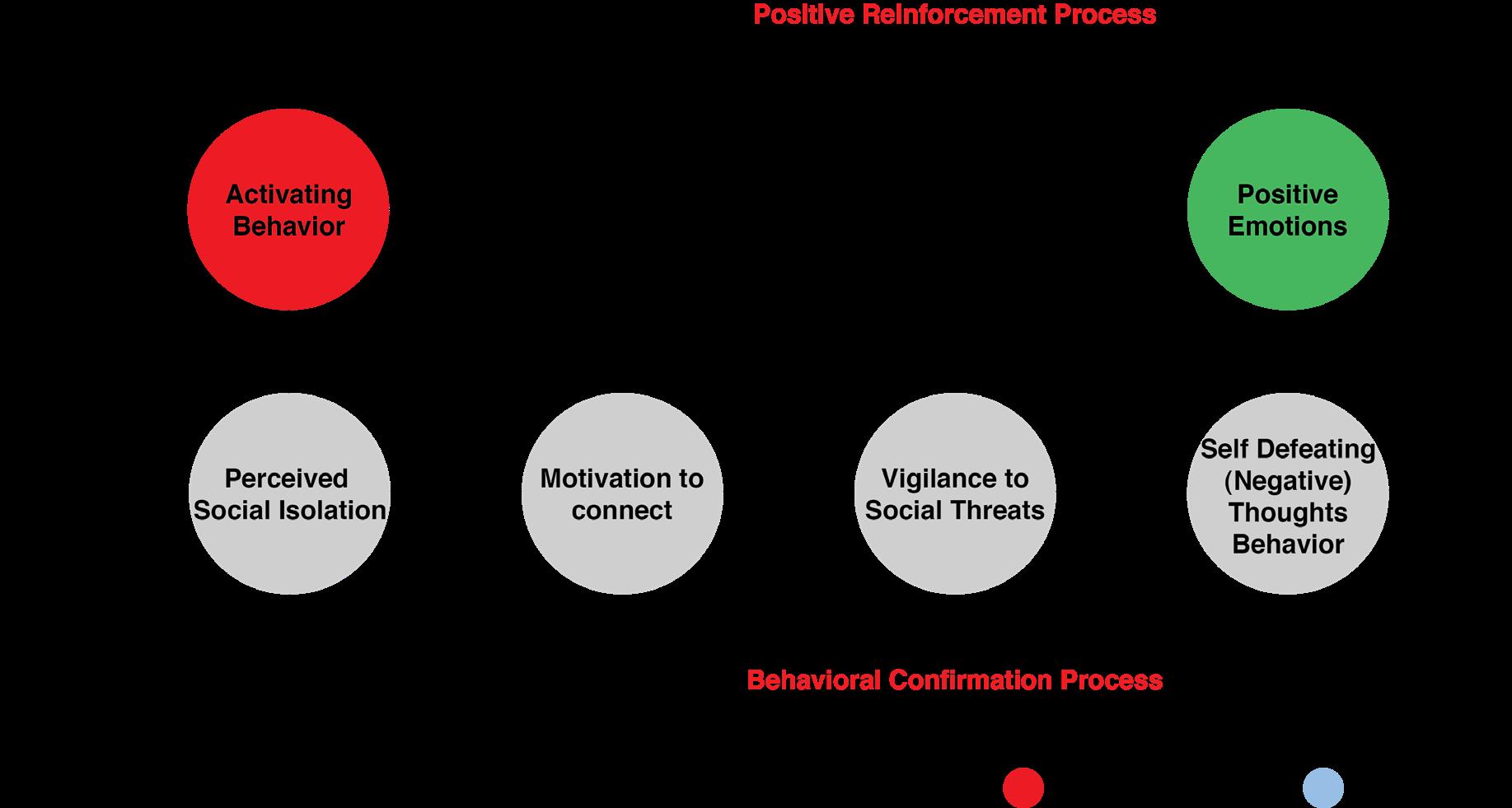
APPLICATION OF BAT
By mapping BAT onto the Loneliness Cycle, the process of activating behavior will allow the formation of meaningful relationships, thereby creating a sense of comfort around others, allowing positive emotions to occur which can lead up to positive interactions and thoughts. This will allow the loneliness cycle to be broken.
The vicious cycle of loneliness can be broken by applying behavioral activation therapy. The process of activating behavior
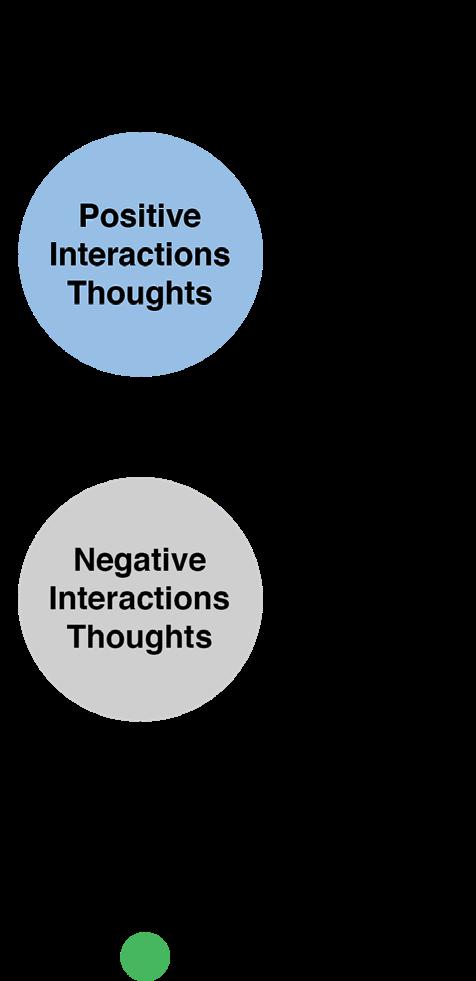
FIG 12.0: Moodboard of Making MAKING
Making is a unique experience where youths can exercise their innovative ideas and energy to build something that they have imagined or visualized. The Making process is highly customizable, allowing every youth to dive into infinite opportunities as long as the individual can imagine what they wish to make.
In Digital Third Places, many platforms have hints of “Making”, where youths actively build and rebuild objects and places to their own desire. They invite their friends and interact to showcase and improve their digital models over time. The easy to learn game mechanics have allowed youths to pick up digital tools where they express themselves during making.
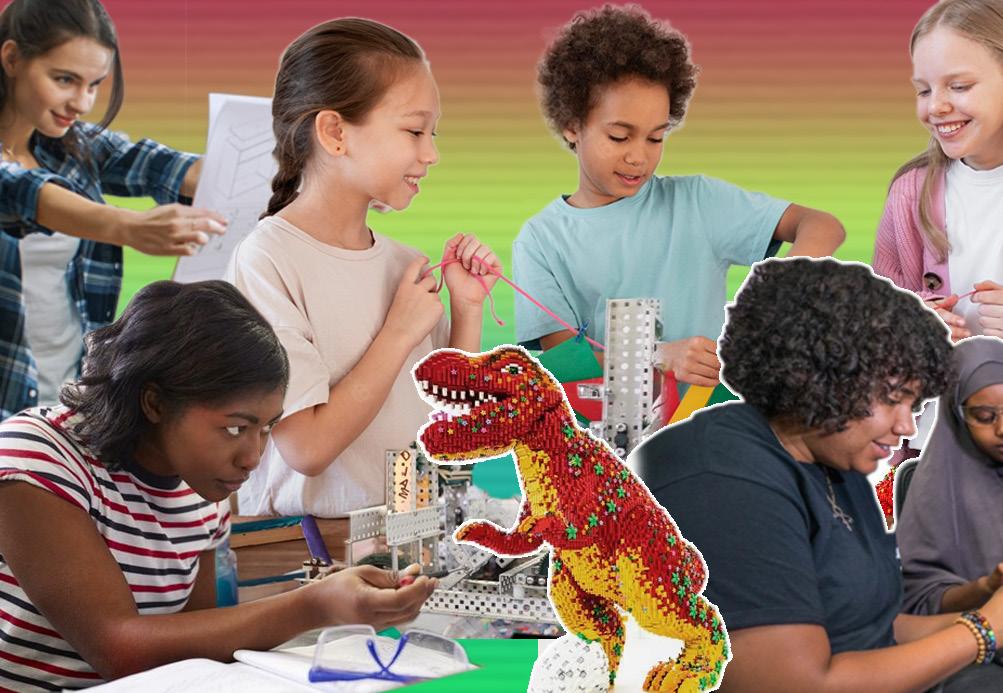
In the Physical, the Making experience is often limited by numerous contingencies such as the availabiliy of materials. In recent years, the affordability of the 3D printing has allowed many individuals to
The simiplicity of the 3D printing process: Design, Slice, Print, has allowed youths to understand 2D to 3F conversion.
A sense of ownership is instilled when an object is made by the individual. When the object is showcased and appreciated by others, this may breed interactions and even positivity within individuals.
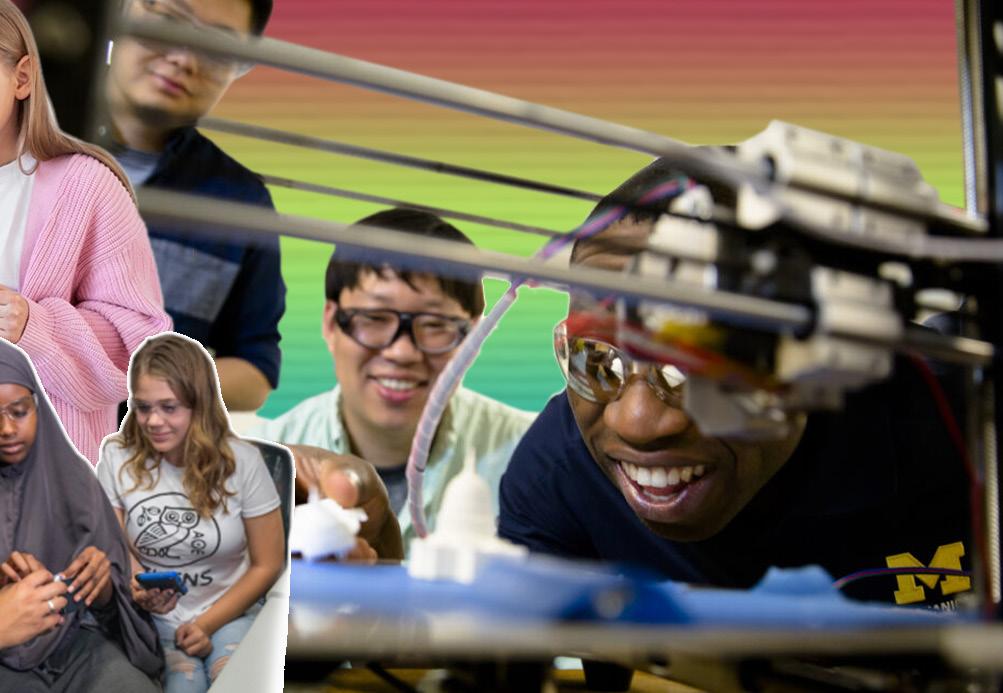
FIG 13.0: Actions and Steps
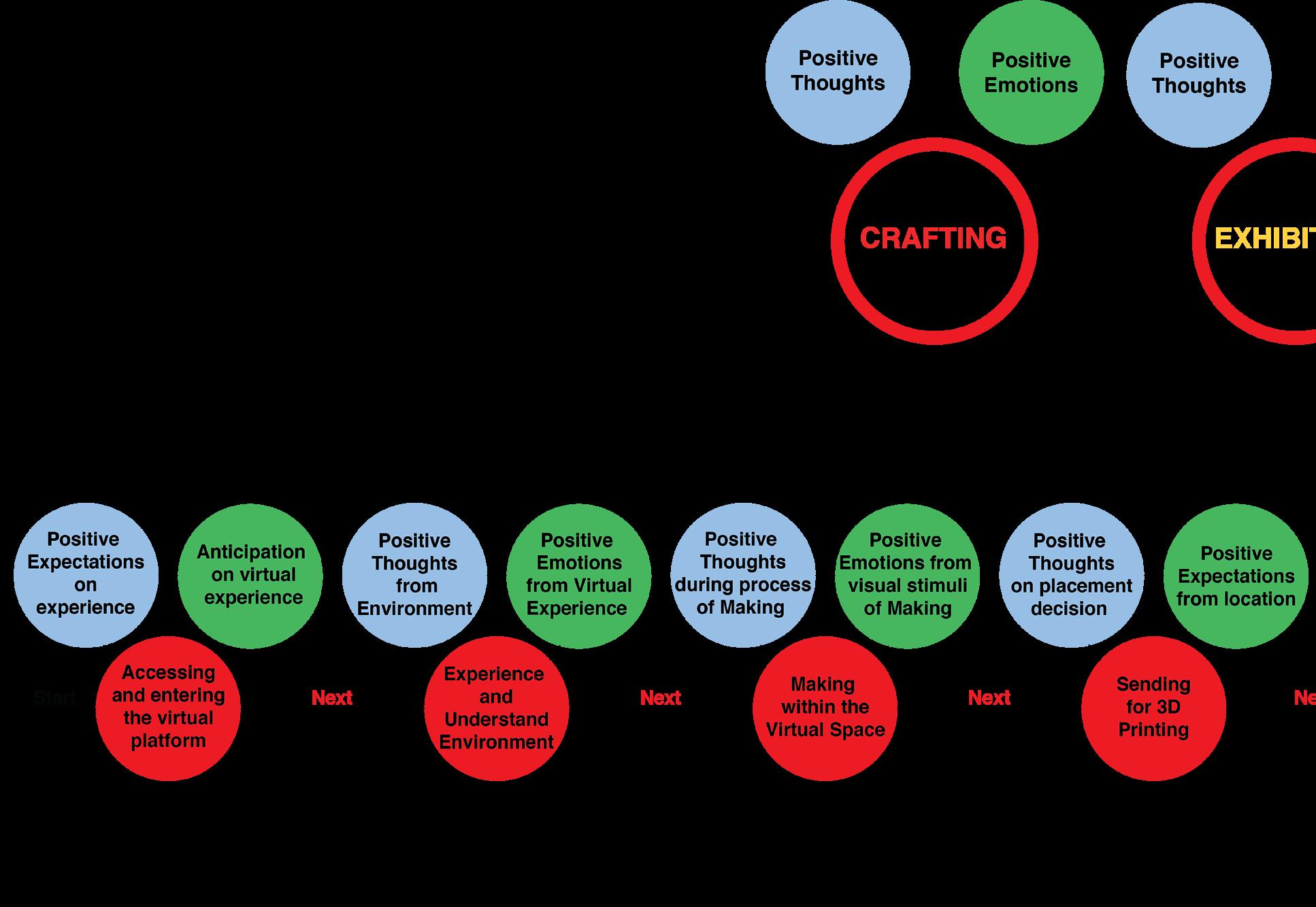
THE ACTIONS OF MAKING
The process of making is realised by a series of steps within both the physical and the digital. These steps can be related into 4 main actions: Crafting, Exhibition, Printing and Recycling. Crafting within both the virtual space and the physical space can often induce a sense of ownership within the individual. Exhibition creates a sense of anticipation as passerbys comment on the projects made by the individual. Printing creates a sense of ambience for the individuals to observe their prints. Recycling creates a sense of appreciation and allows individuals to recycle their project, choose their filament.
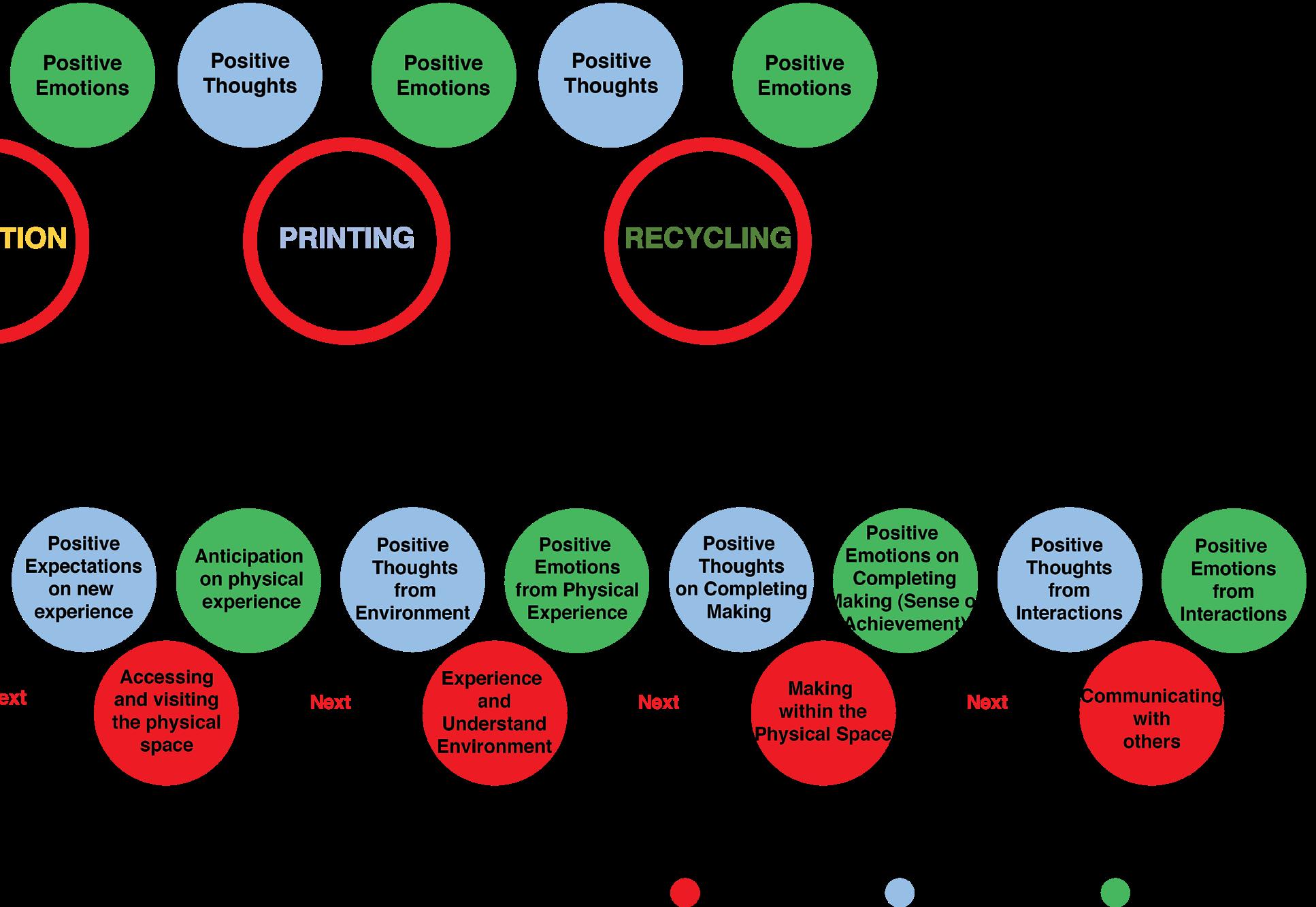
PHYGITAL-INFRASTRUCTURE TO EXIT THE CYCLE OF LONELINESS
DIGITAL COMPONENT : MAKERVERSE
Makerverse is a plug-in in that can be used across different existing digital platforms for making and then physical printing. Makerverse leverages on the large number of monthly active users of these platforms and allows youth to enter a unique portal where they will experience making.

FIG 14.0 Collage of Digital Component
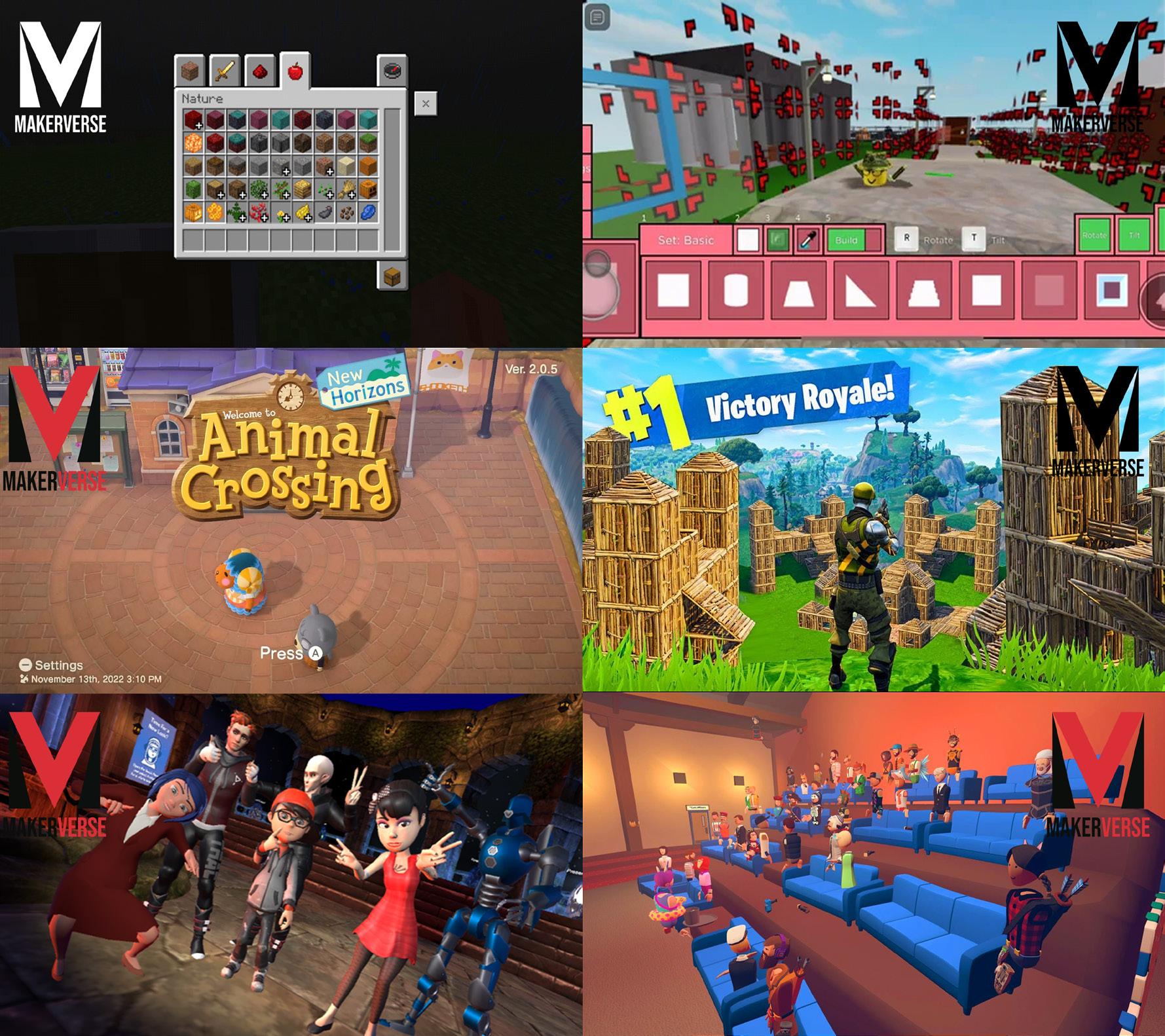
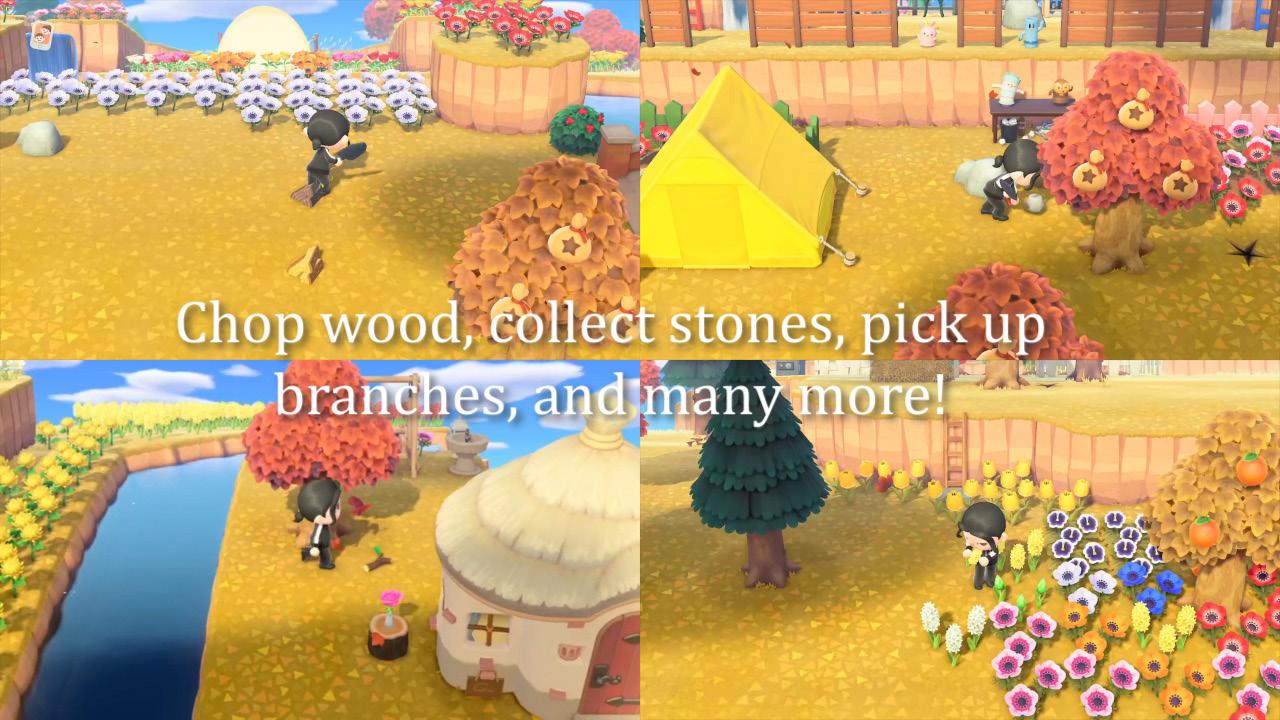

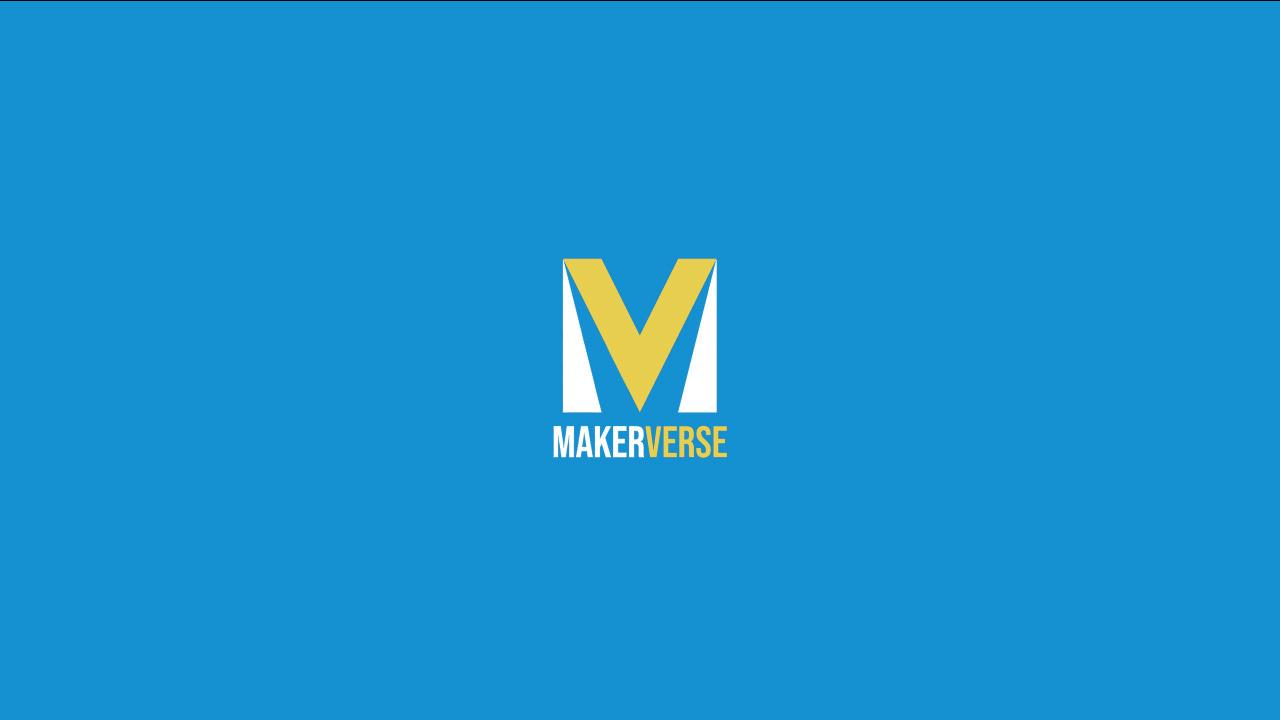

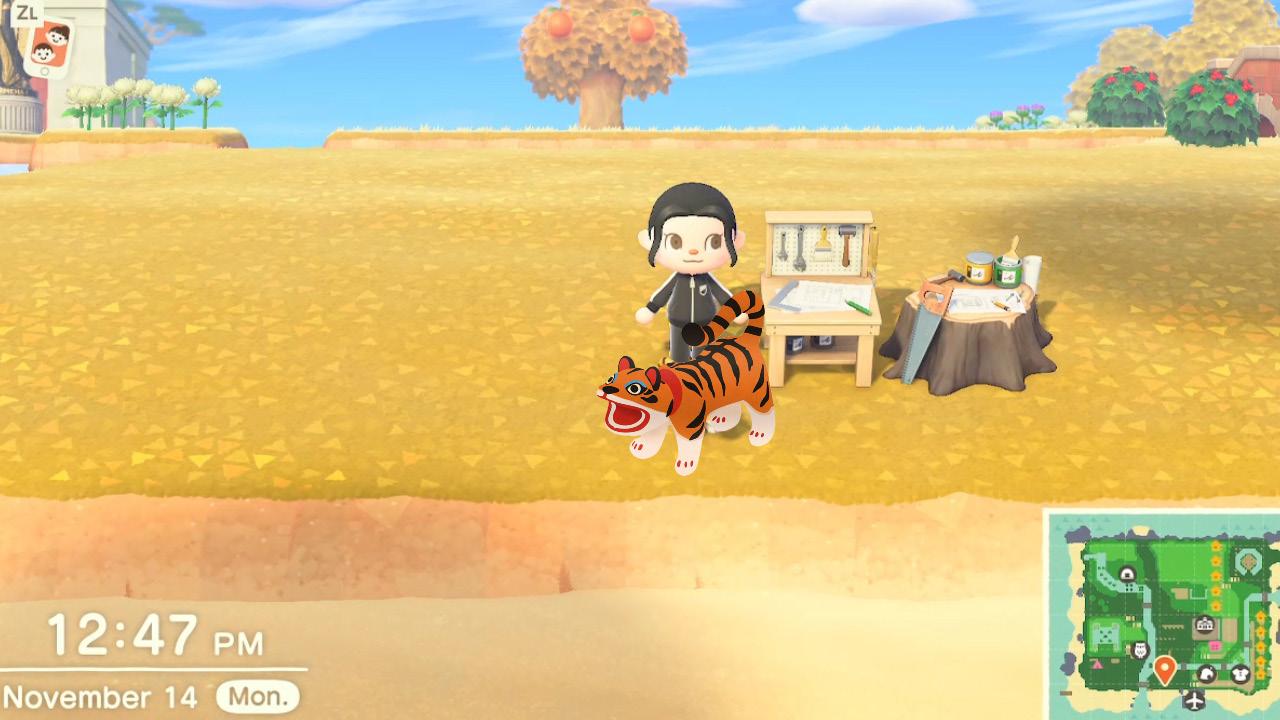

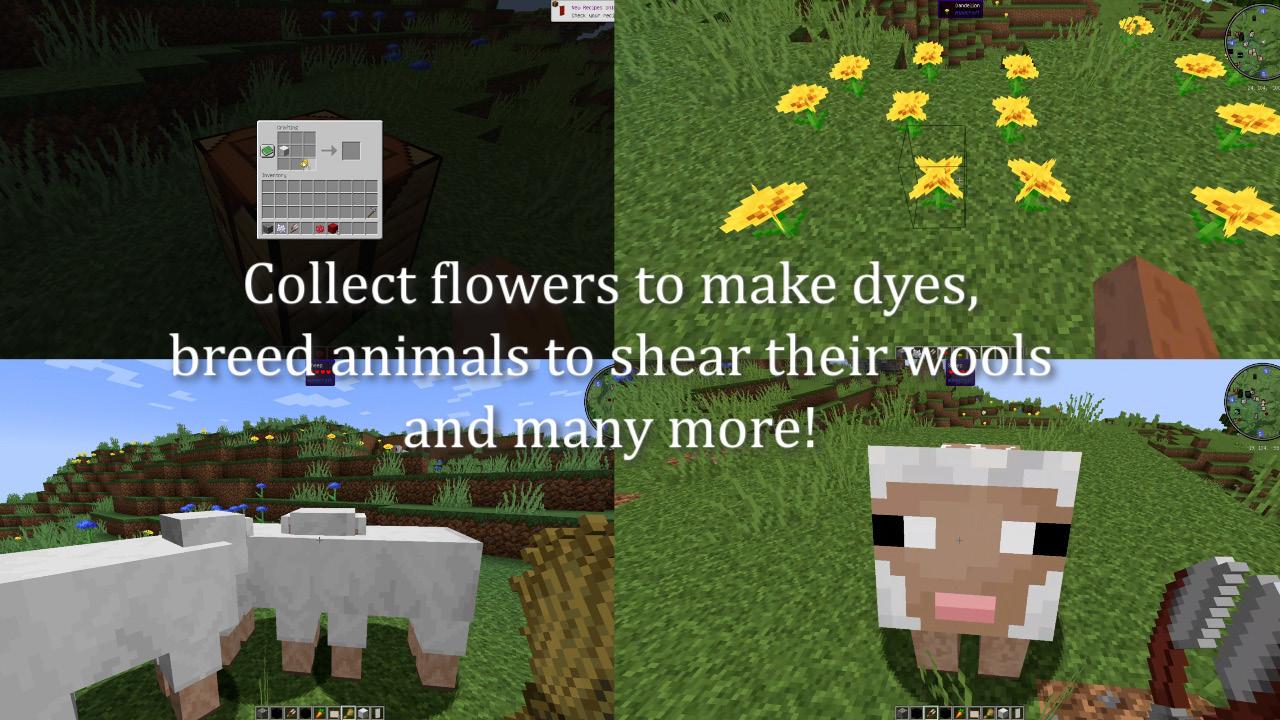
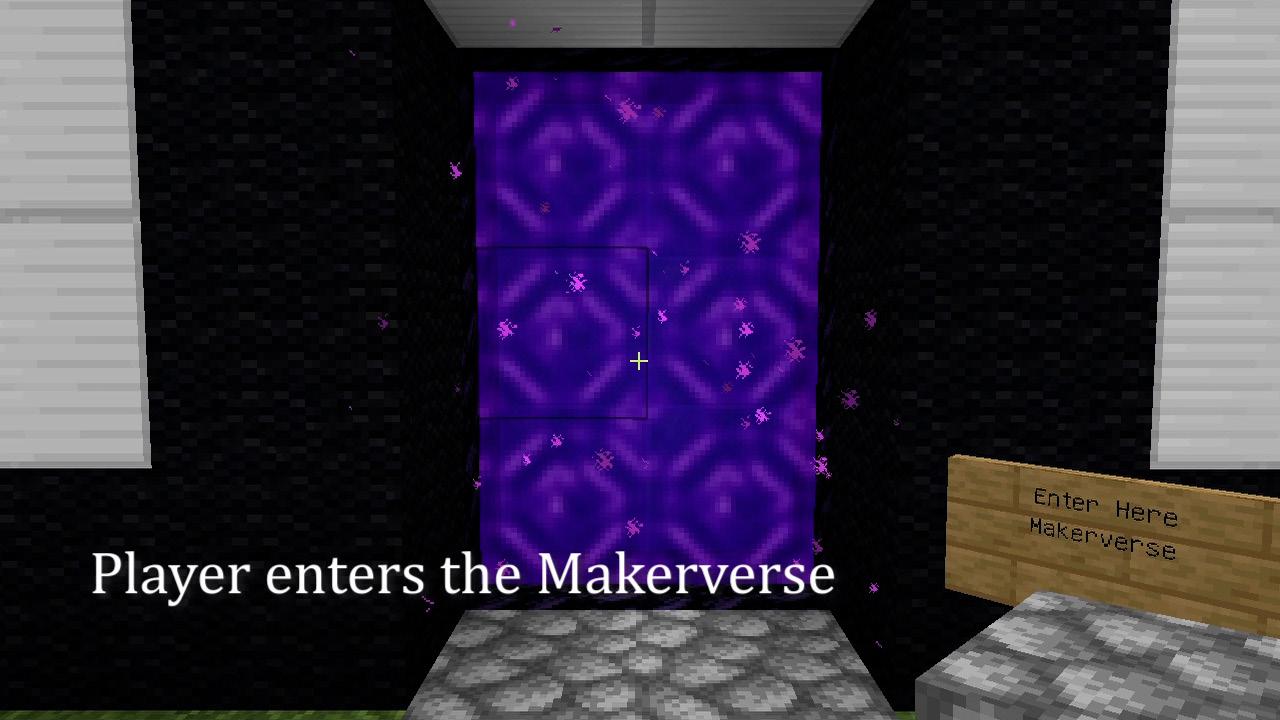

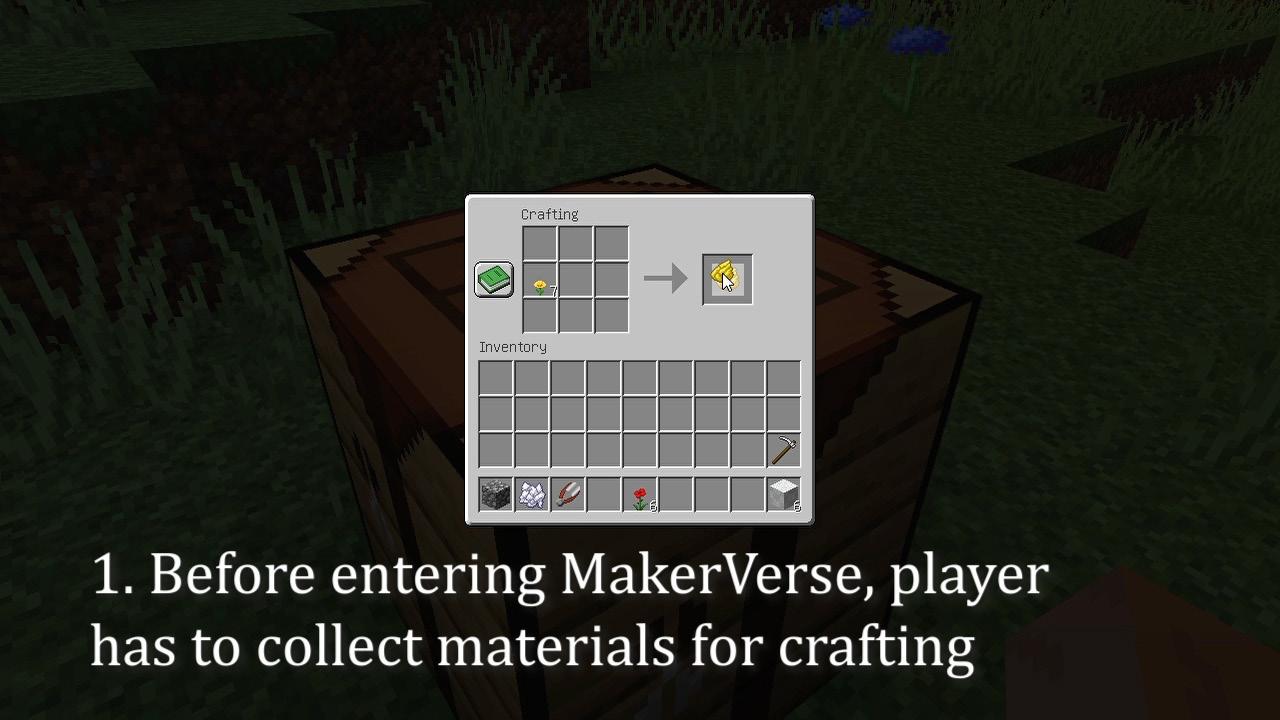
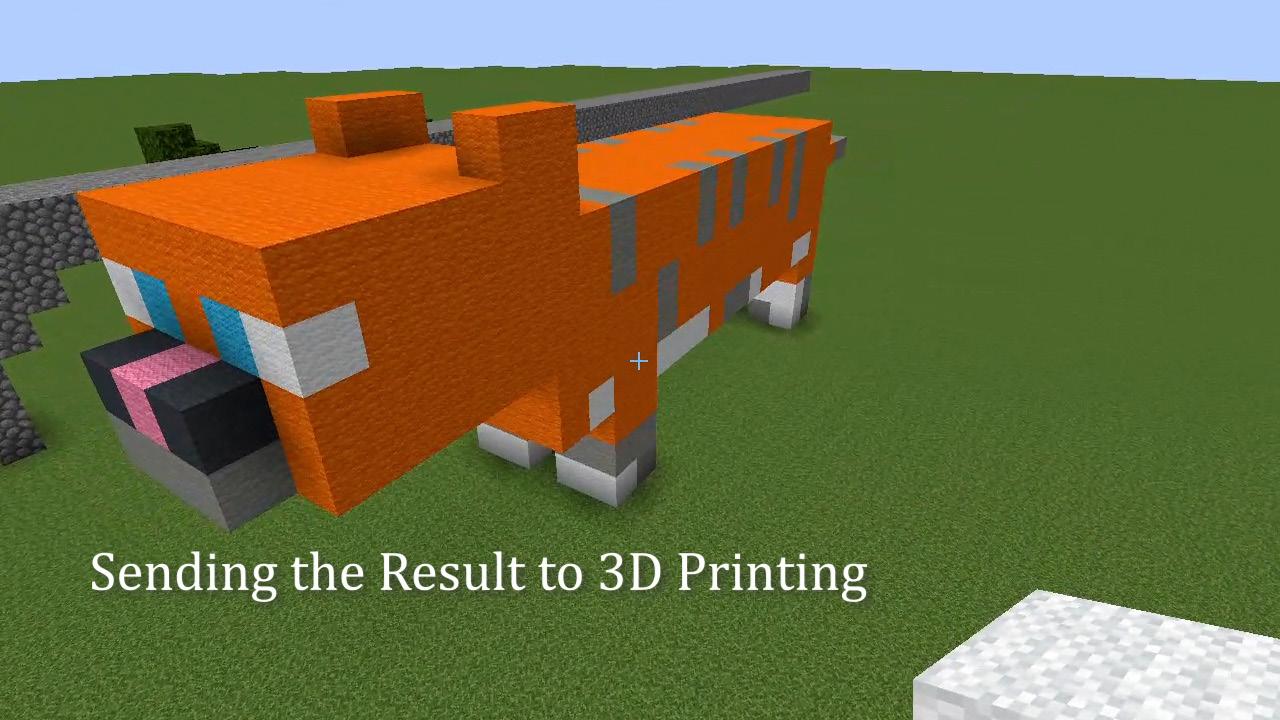
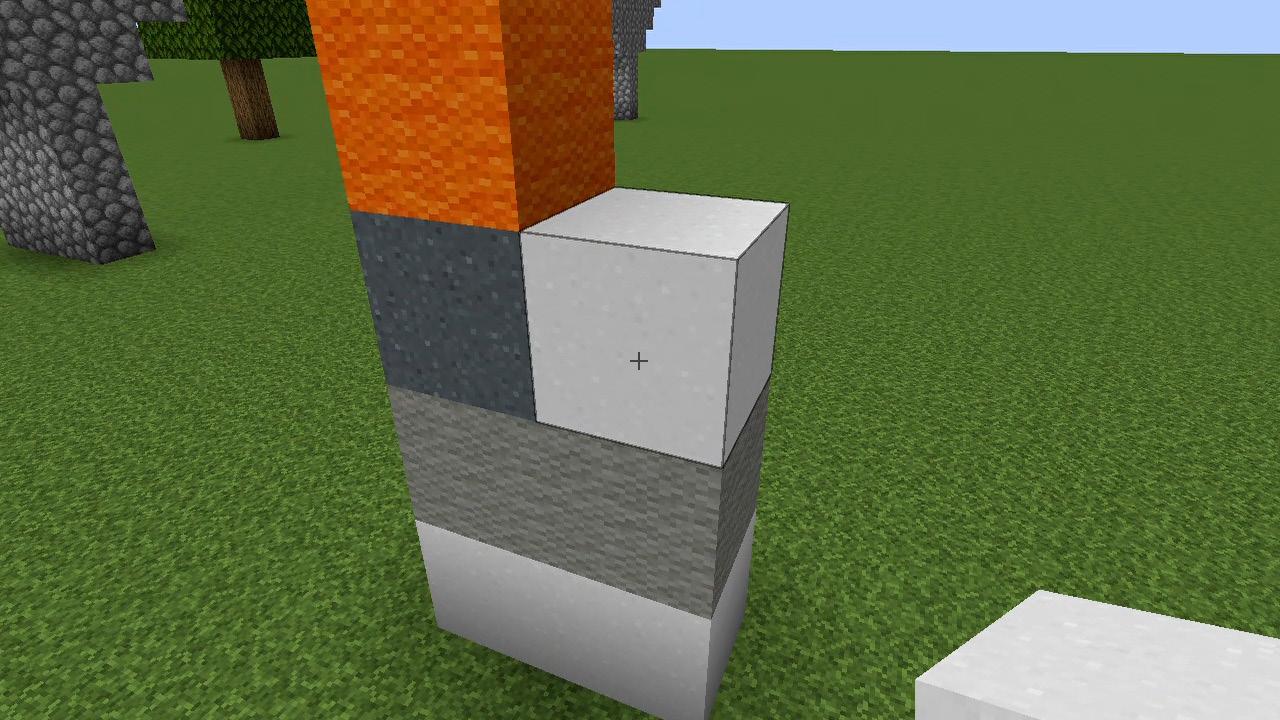
PHYSICAL COMPONENT: UNDERUTILIZED TRANSIT SPACES
The aboveground transit viaduct spaces are thin and spread out across many neighbourhoods across Singapore. They are an opportunity for intervention since they are mostly leftover spaces which can be repurposed. The figure above shows the 5 minute walking distance from all aboveground transit viaducts.
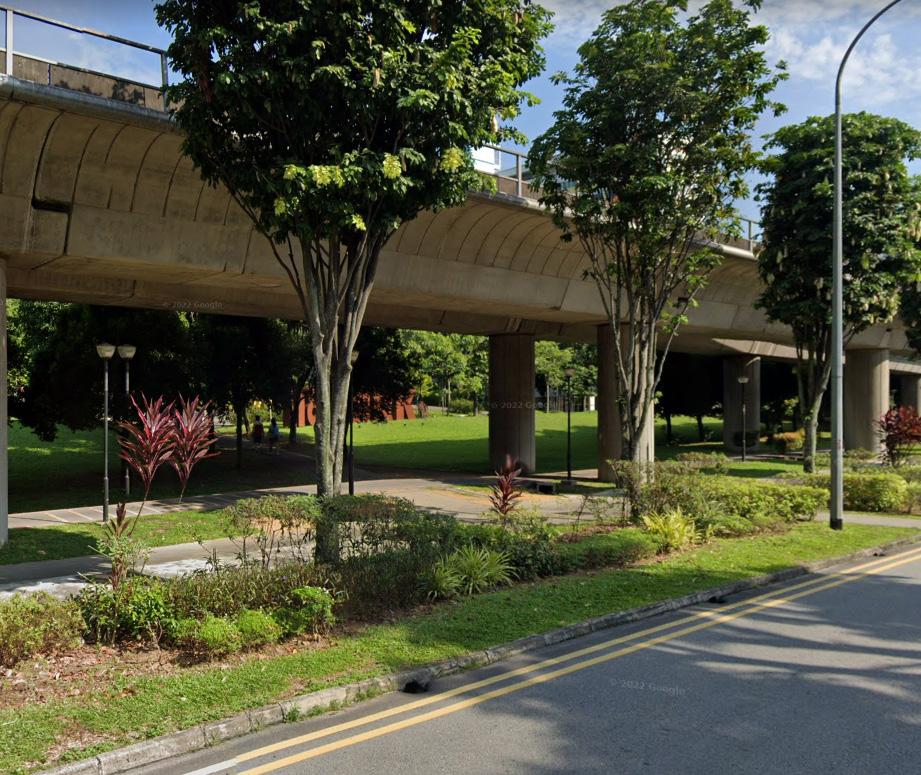
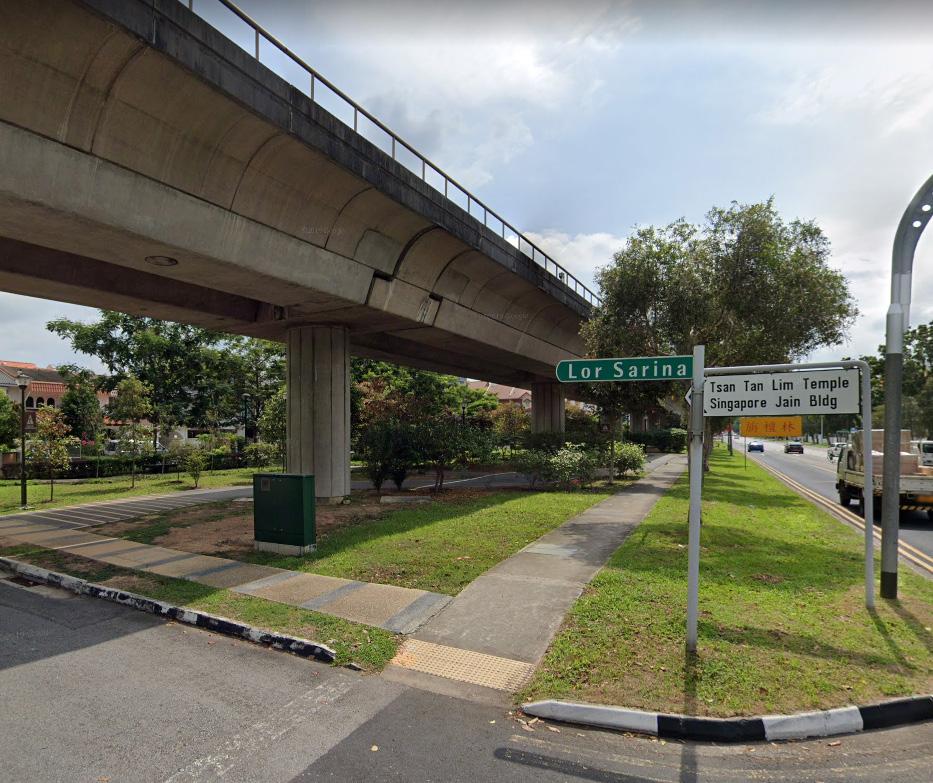
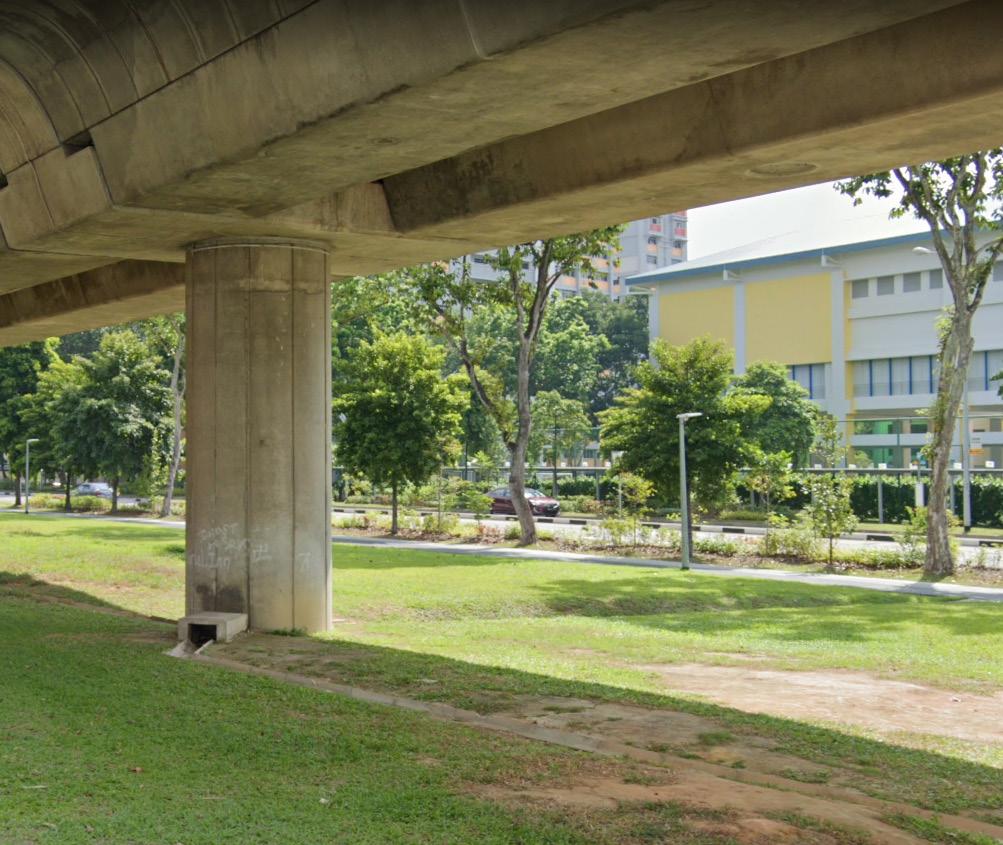
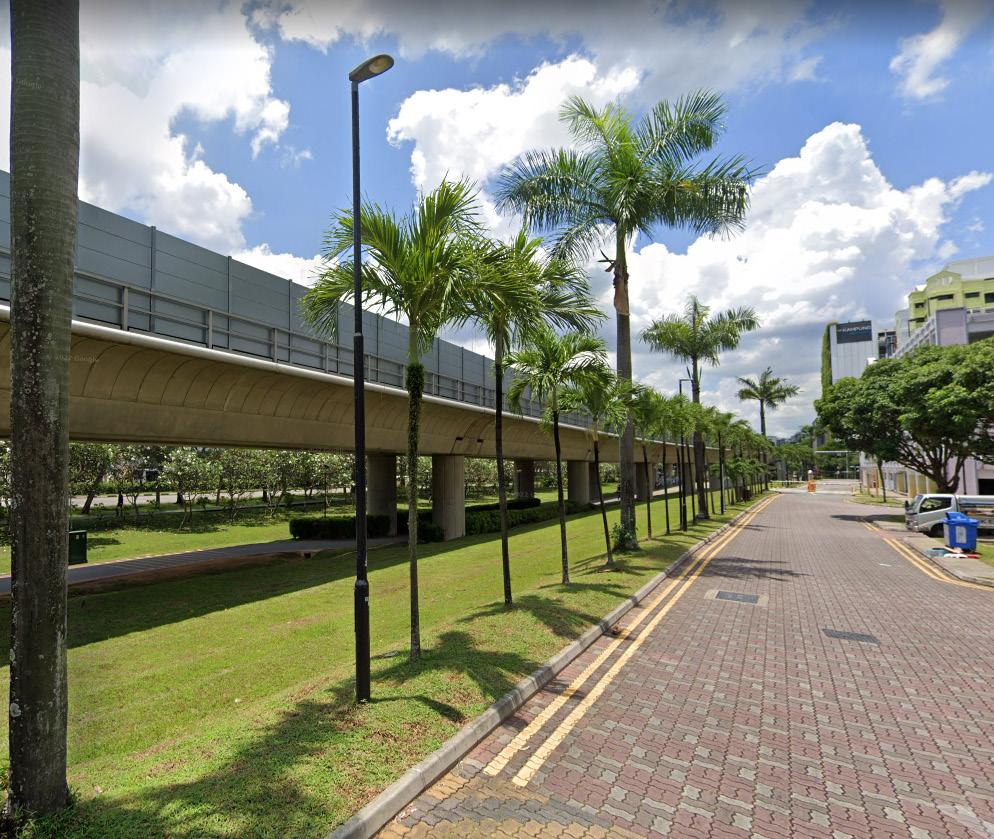
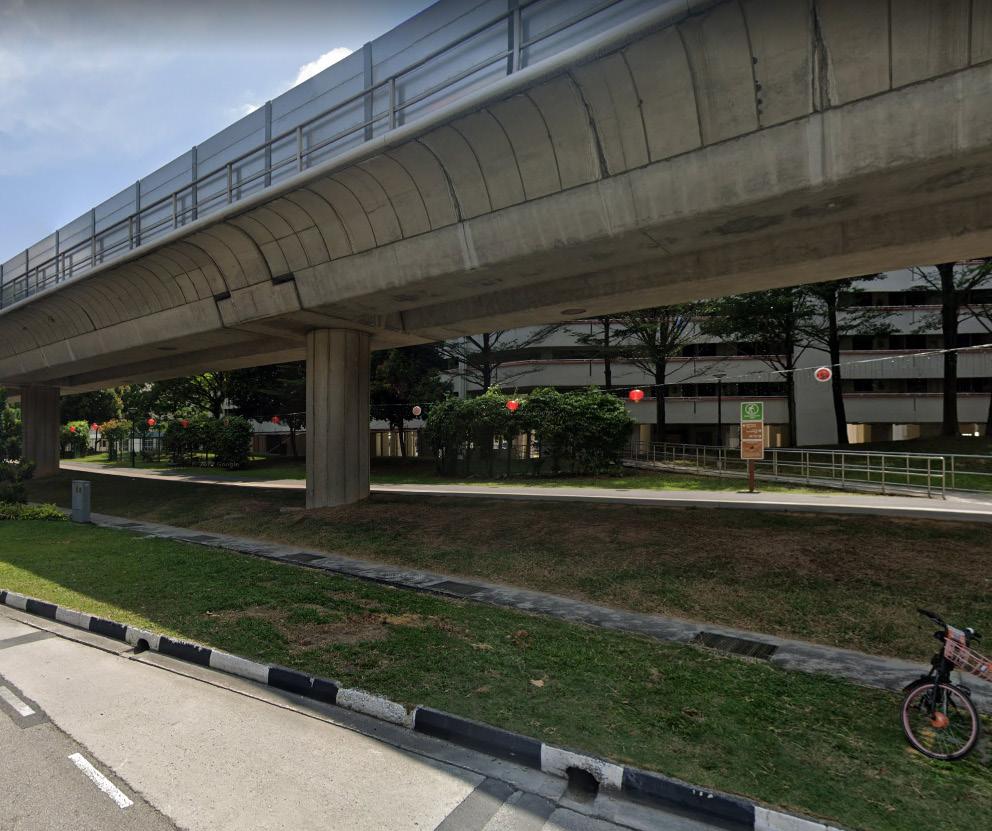
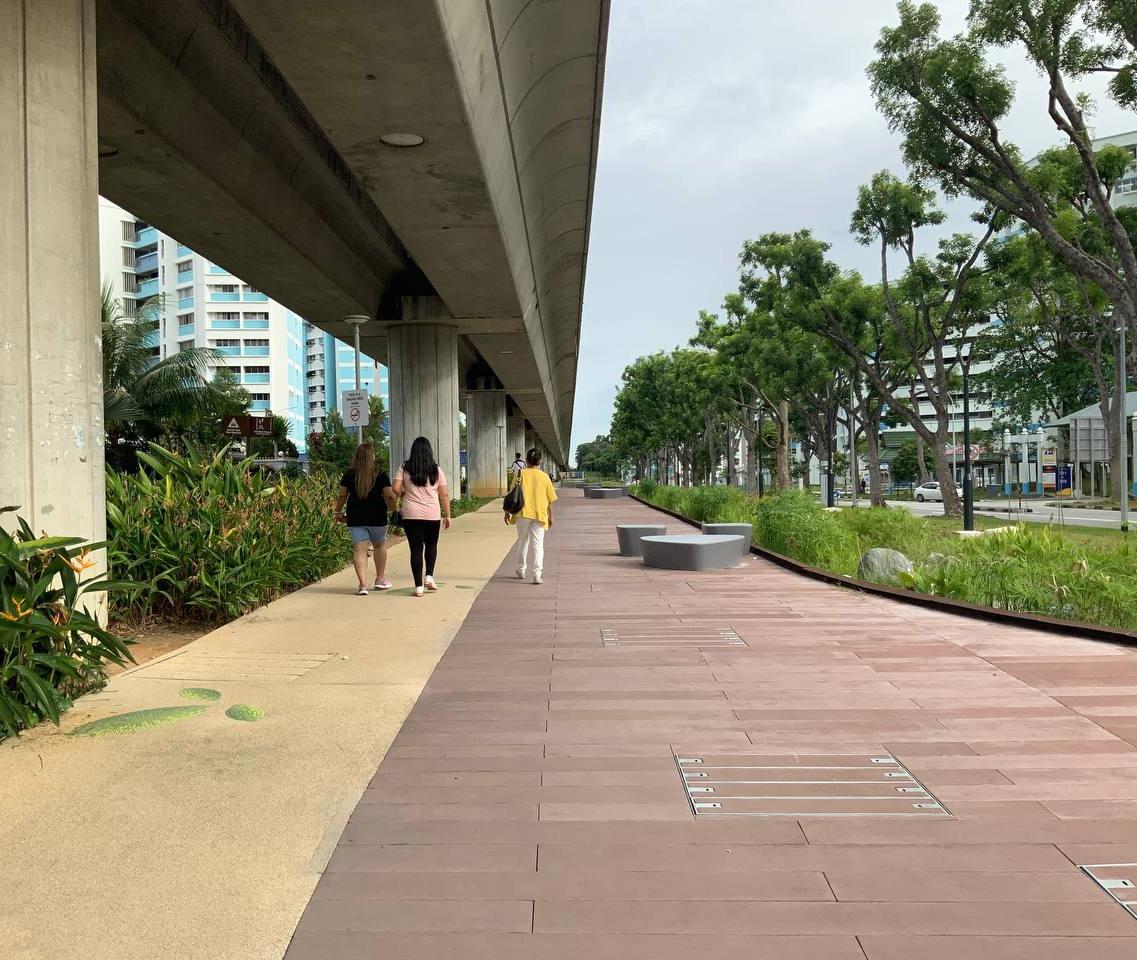
18.0: Study of Viaduct Network and Youth Statistics
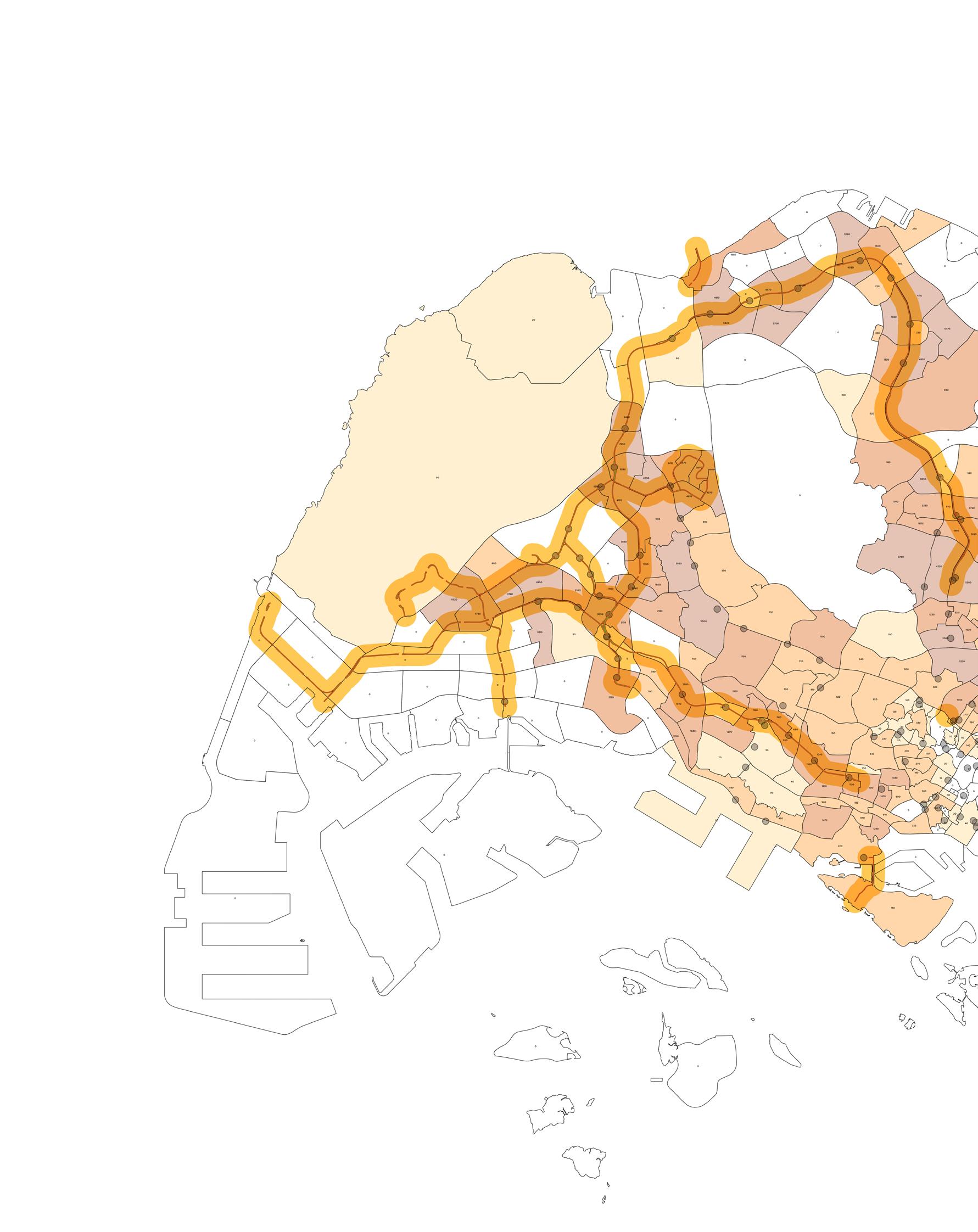
26KM OF UNDERGROUND MRT TRACKS 128 KM OF ABOVEGROUND MRT TRACKS

SITE OF INTERVENTION
The proposed site of intervention is Tampines since it is also the place where most youths across the age of 15-24 inhabit.
The proposed actions are divided into zones, including the crafting zone, the exhibition zone, the printing zone and the recycling zone.
The continuity of the viaduct allows for the modular parceling of such spaces based on the context of the surrounding spaces along the viaduct. These viaduct spaces can be easily accessed by youths due to its close proximity.
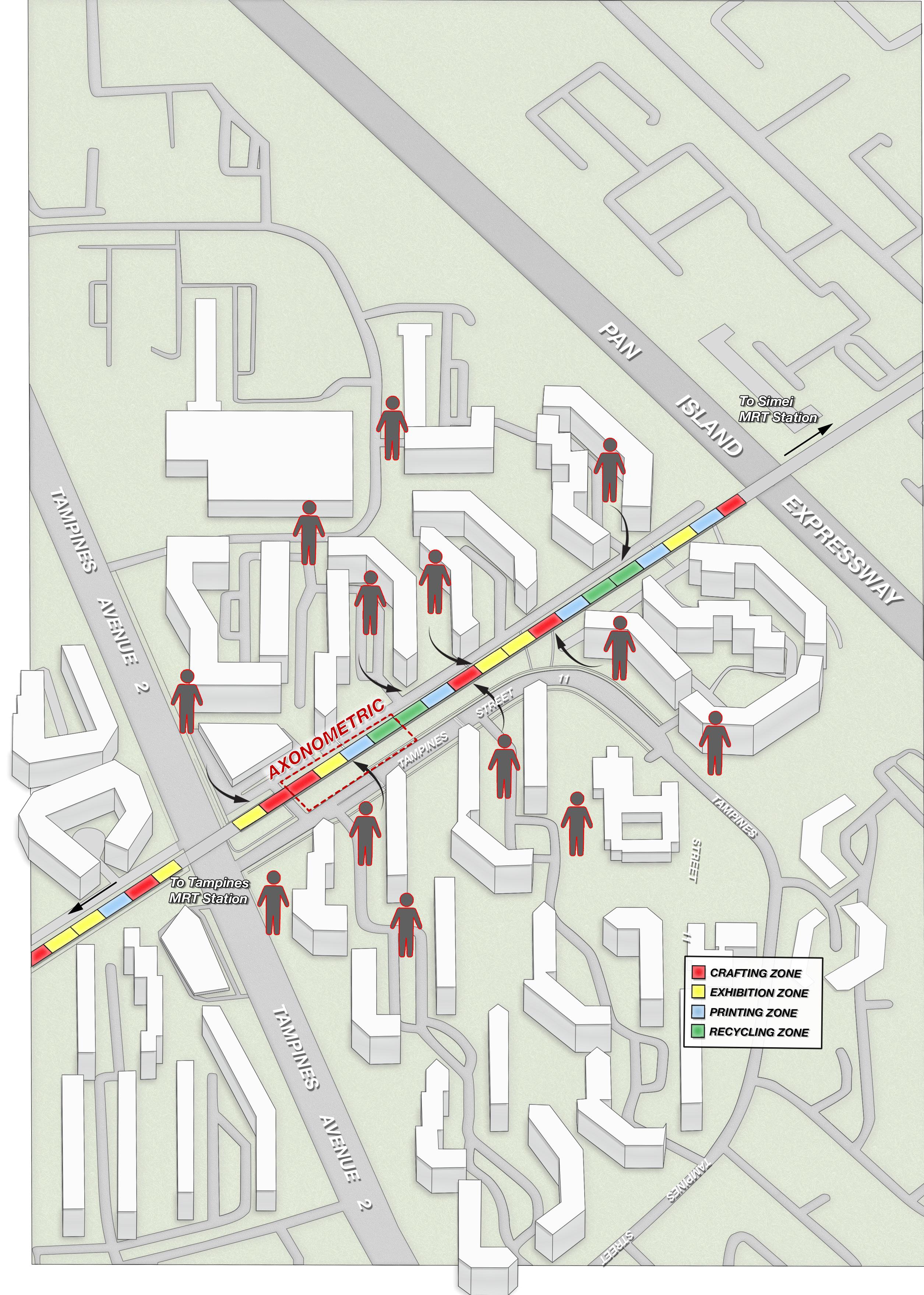
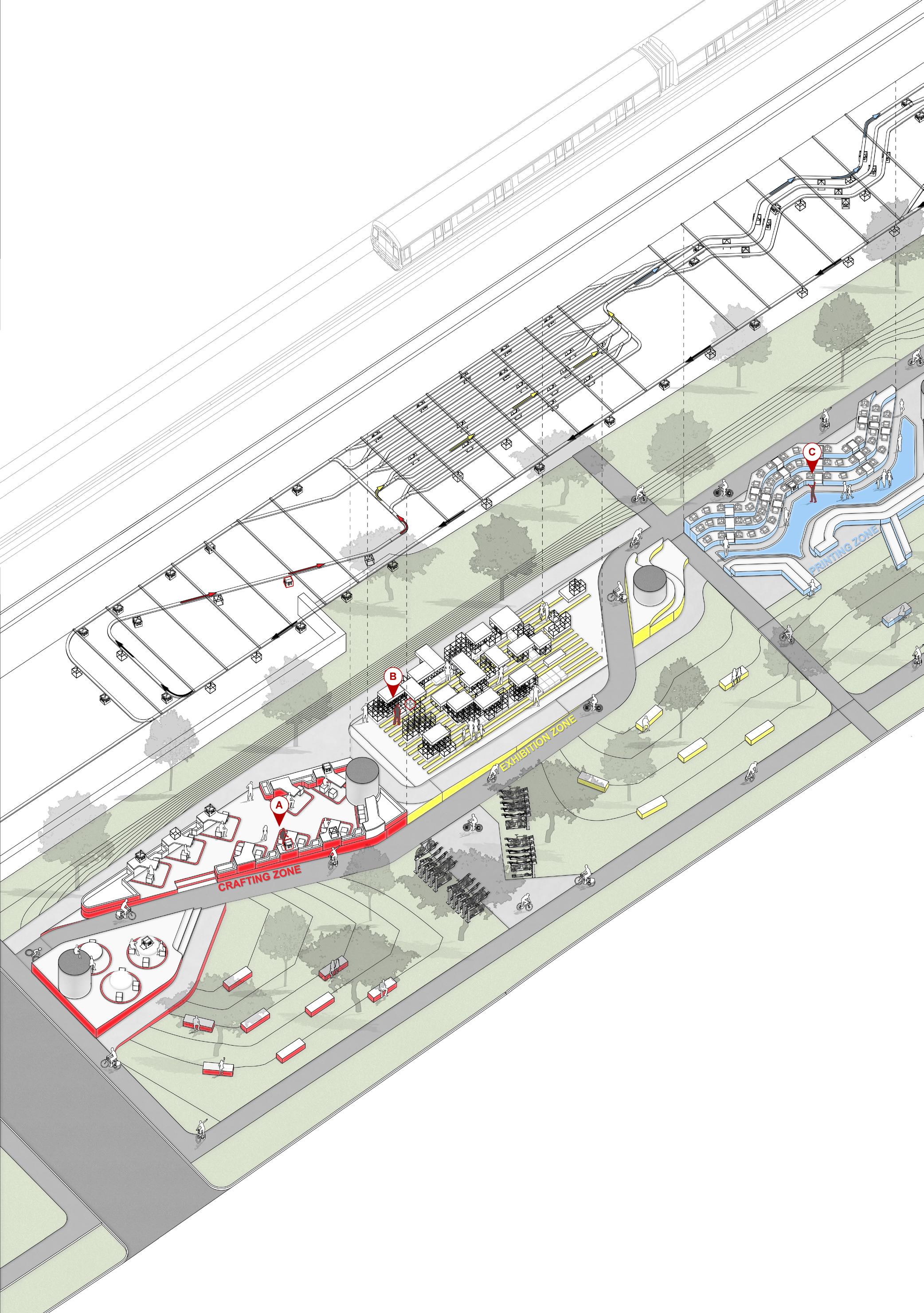
PRINTING ZONE
RECYCLING ZONE
Zooming in into the site plan are the spaces that I have designed, for crafting, exhibiting, printing and recycling. These spaces are modular and designed based on the context of the site surrounding the mrt track
Between the viaduct and ground, I have also designed a system of conveyer rails which demonstrates the movement of materials across different zones to assist in the process of making.
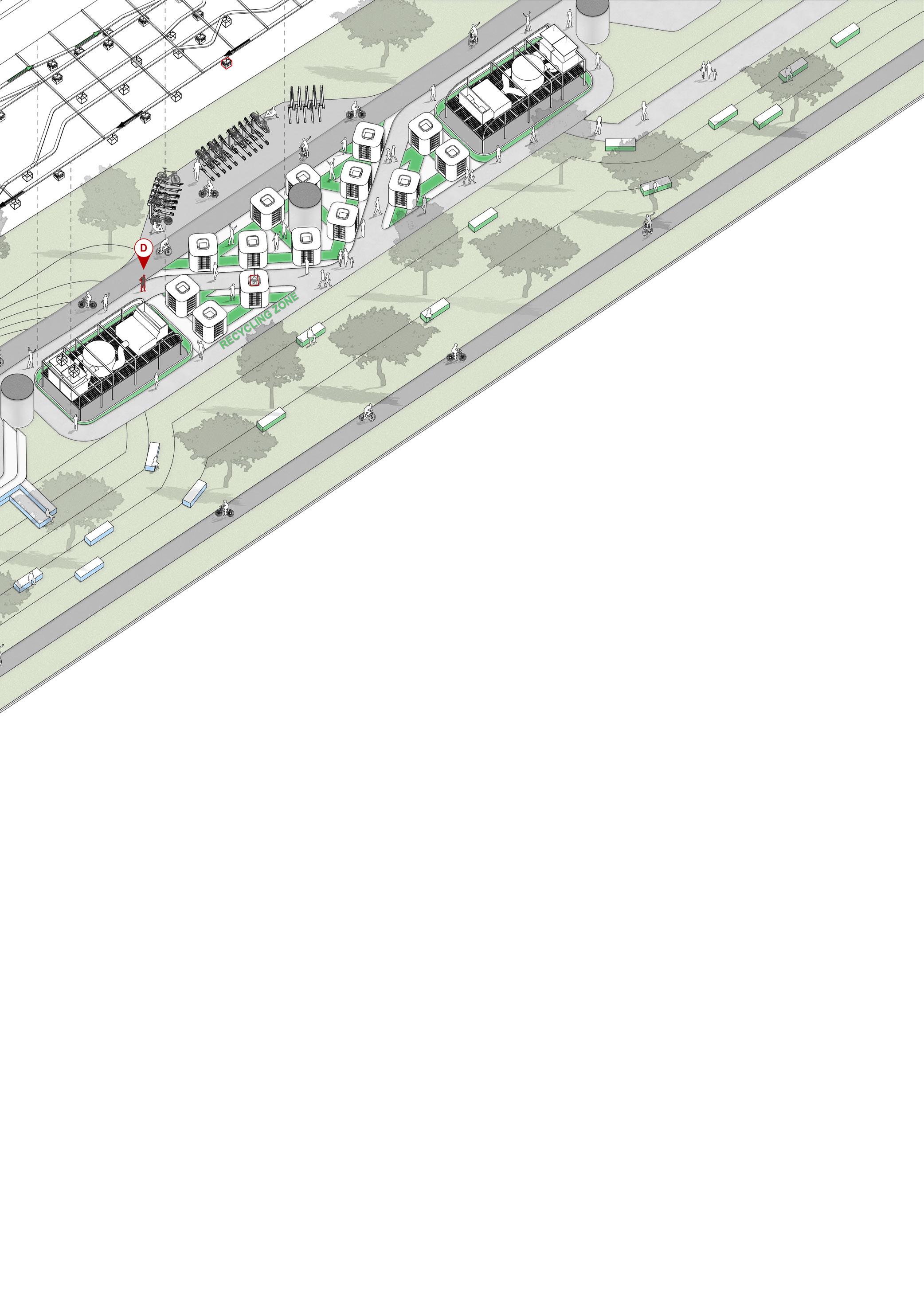 EXHIBITION ZONE
EXHIBITION ZONE
BLENDING PHYSICAL AND DIGITAL REALITIES
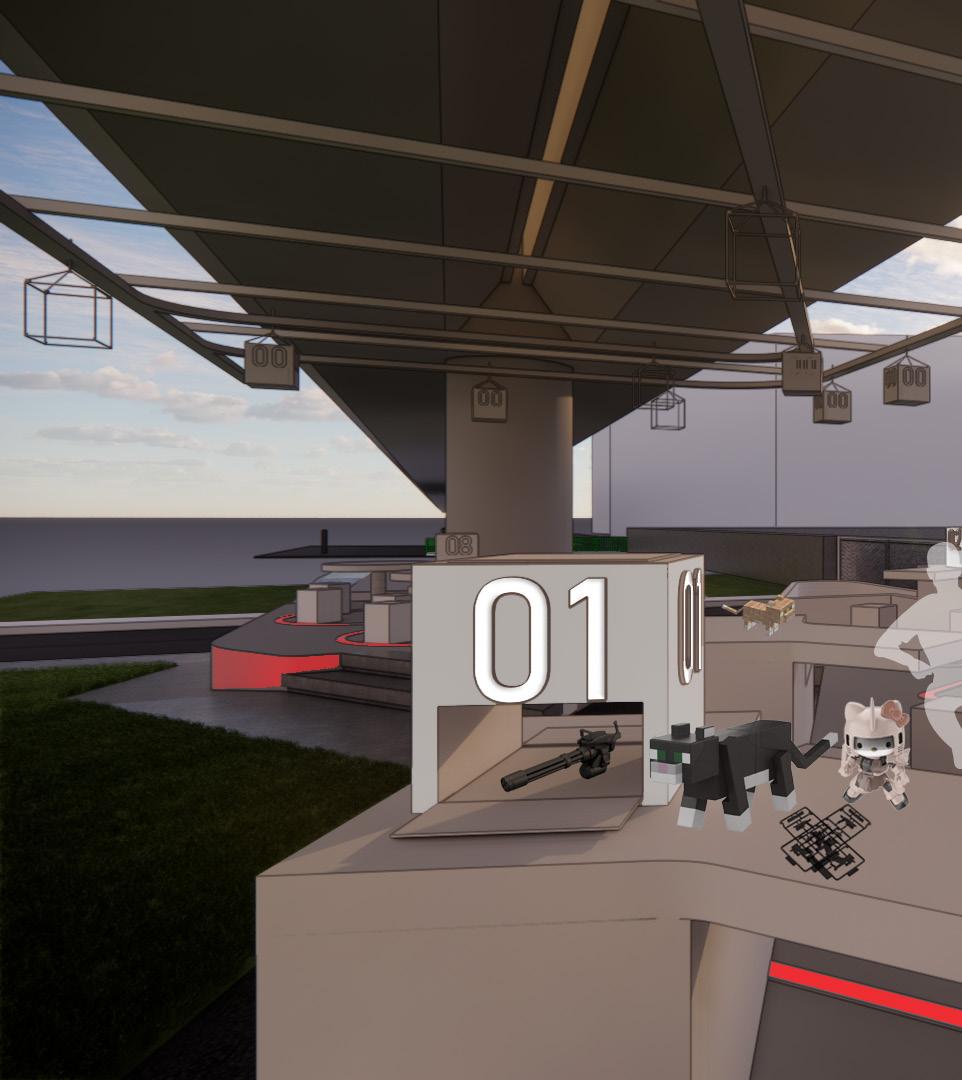
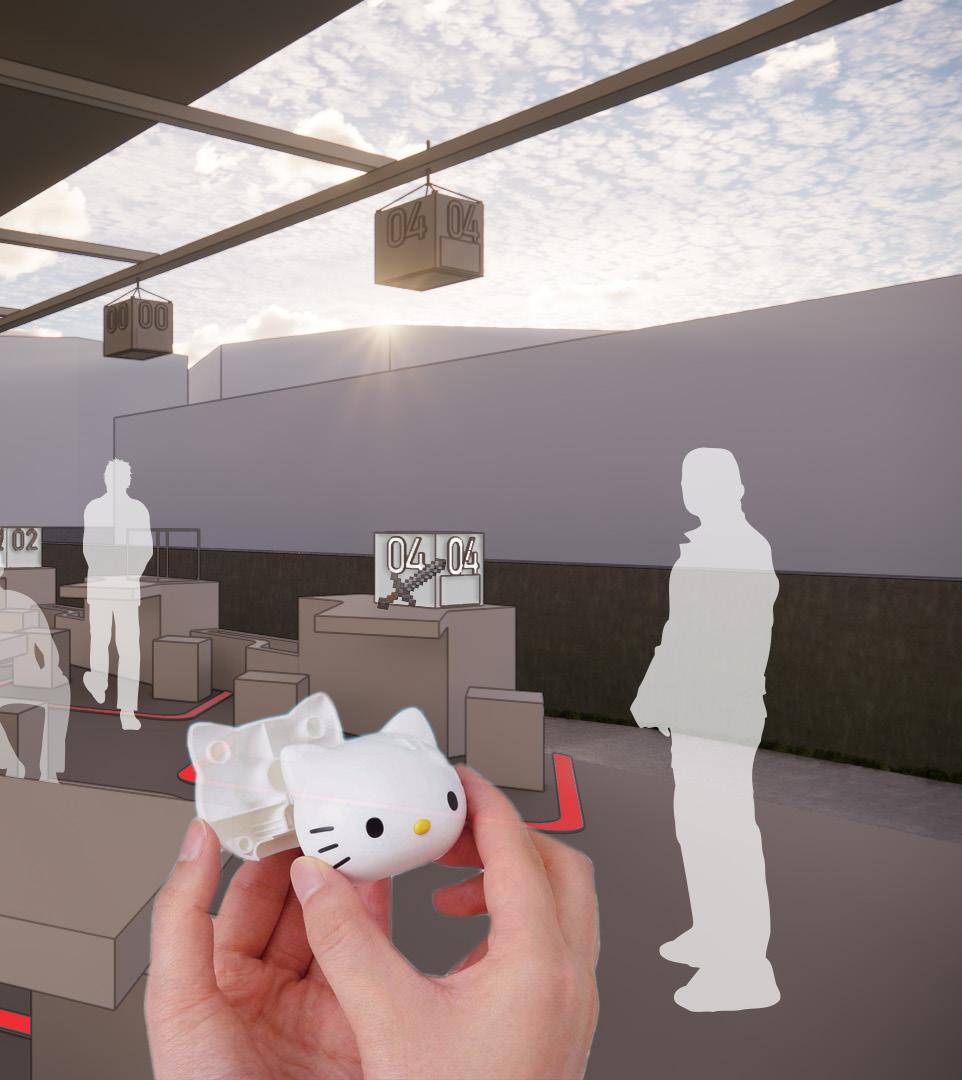
FIG 21.1: Crafting Zone (Phygital)
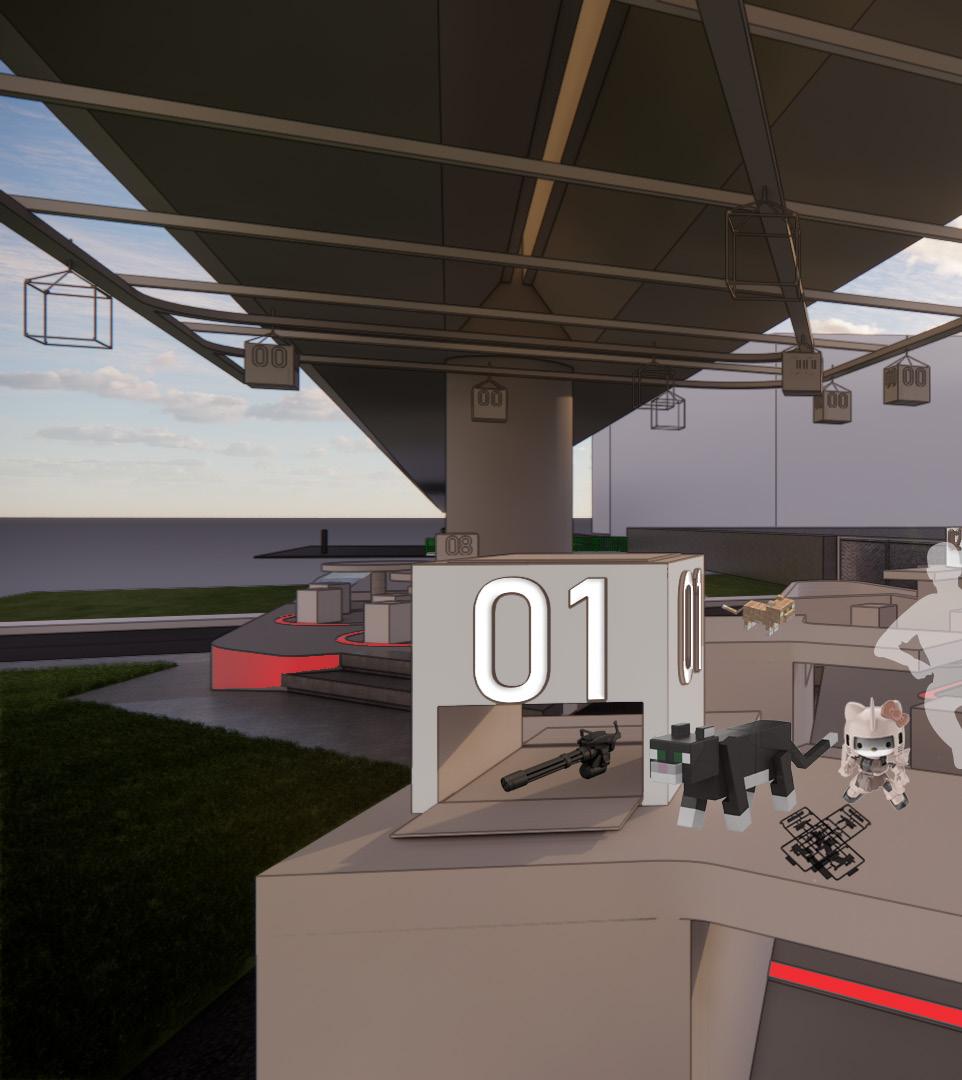
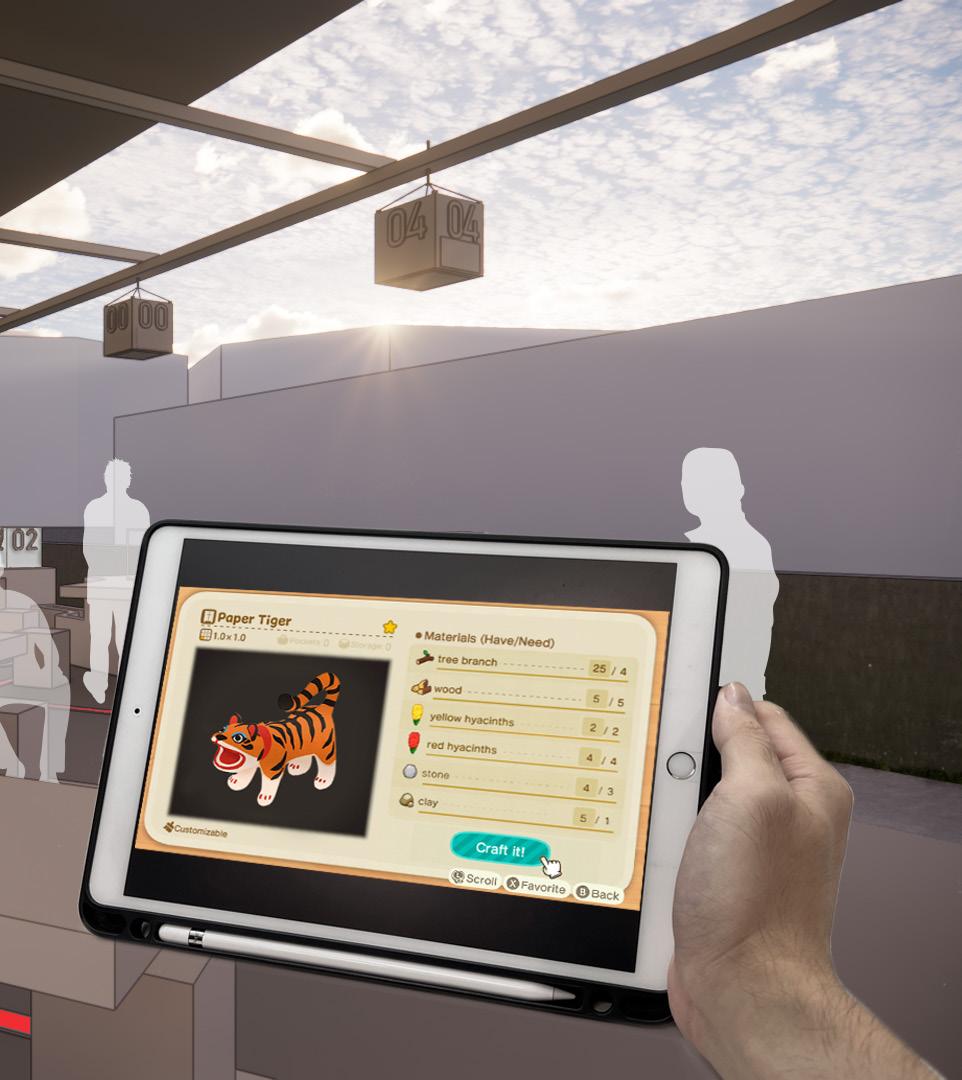
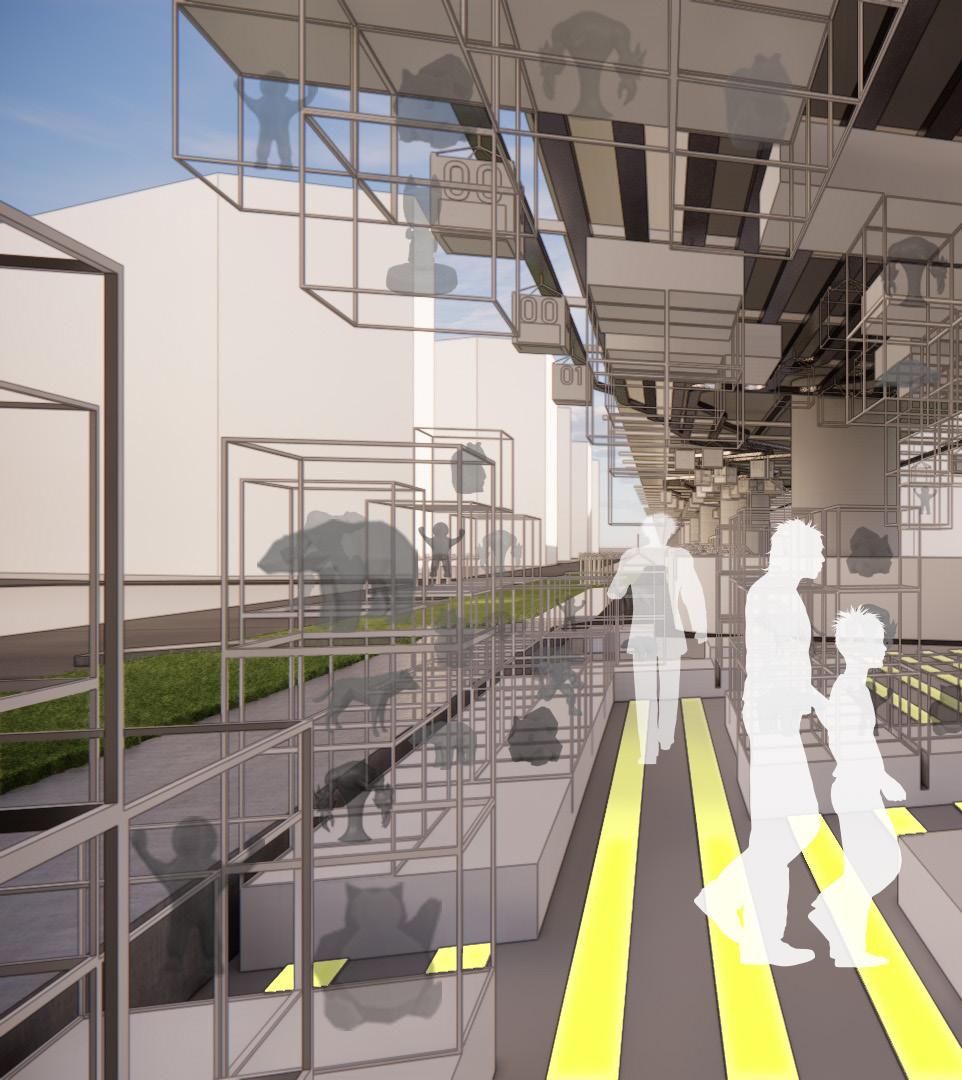
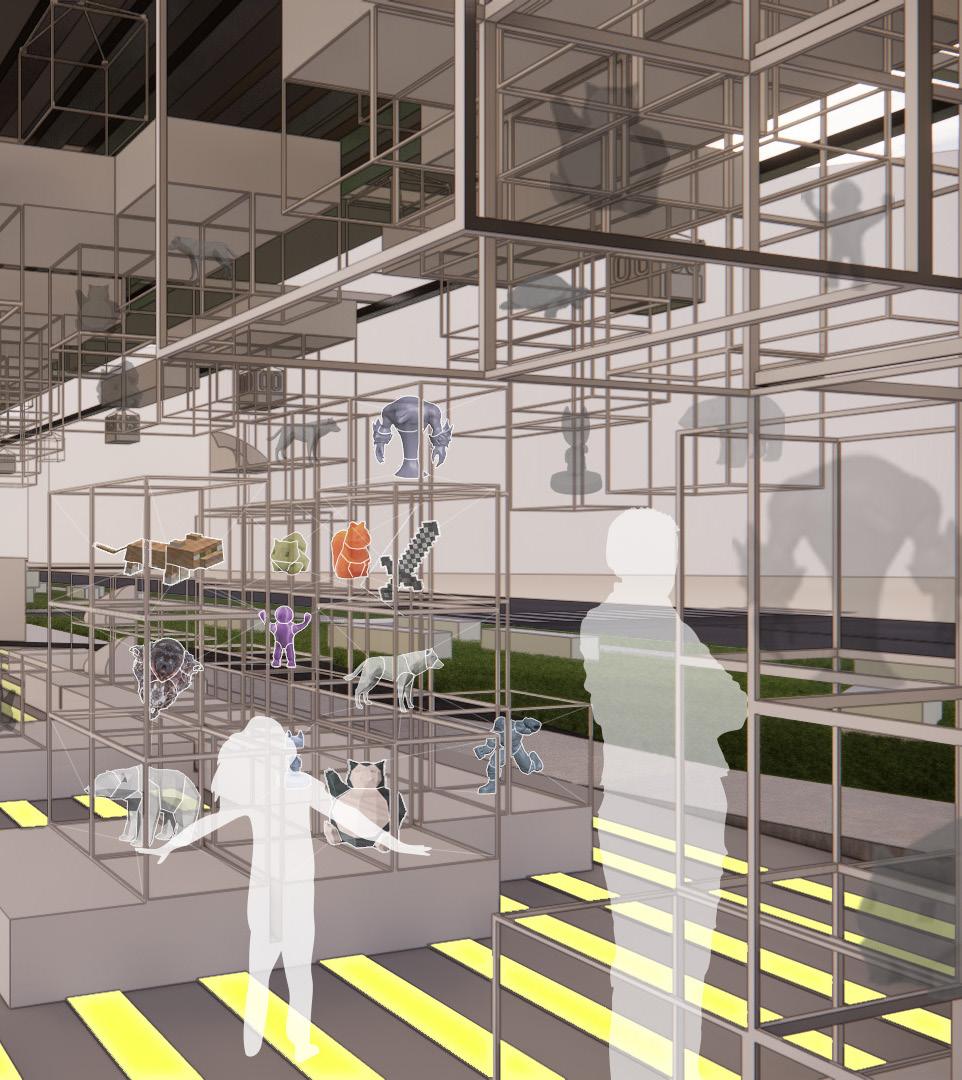
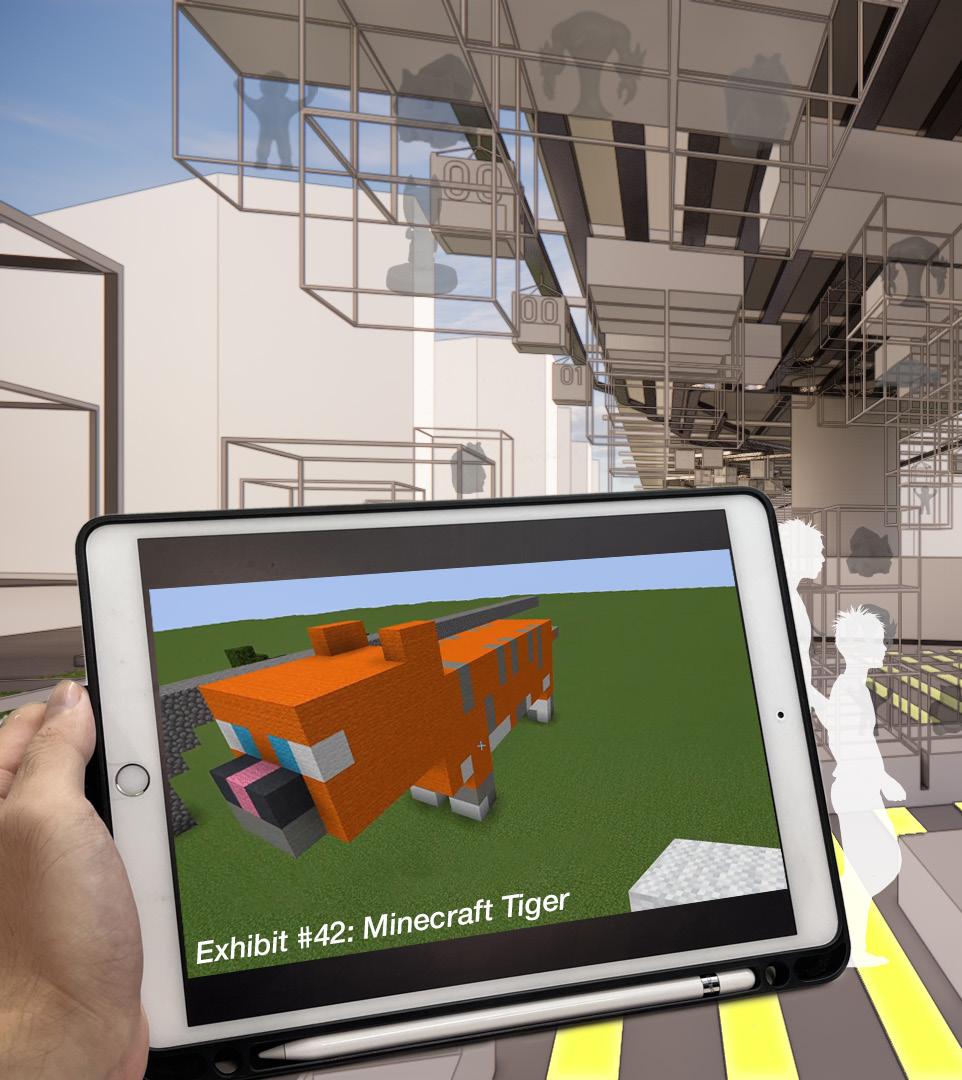
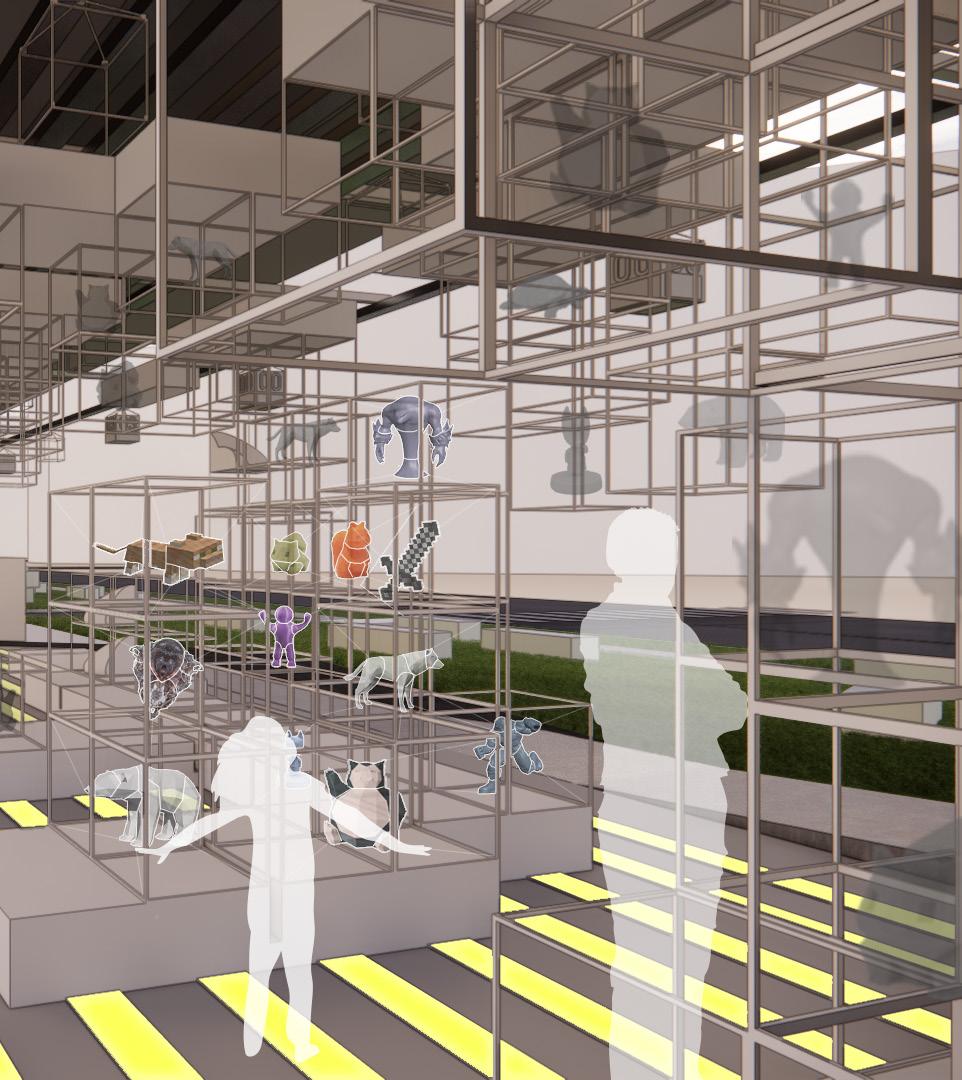
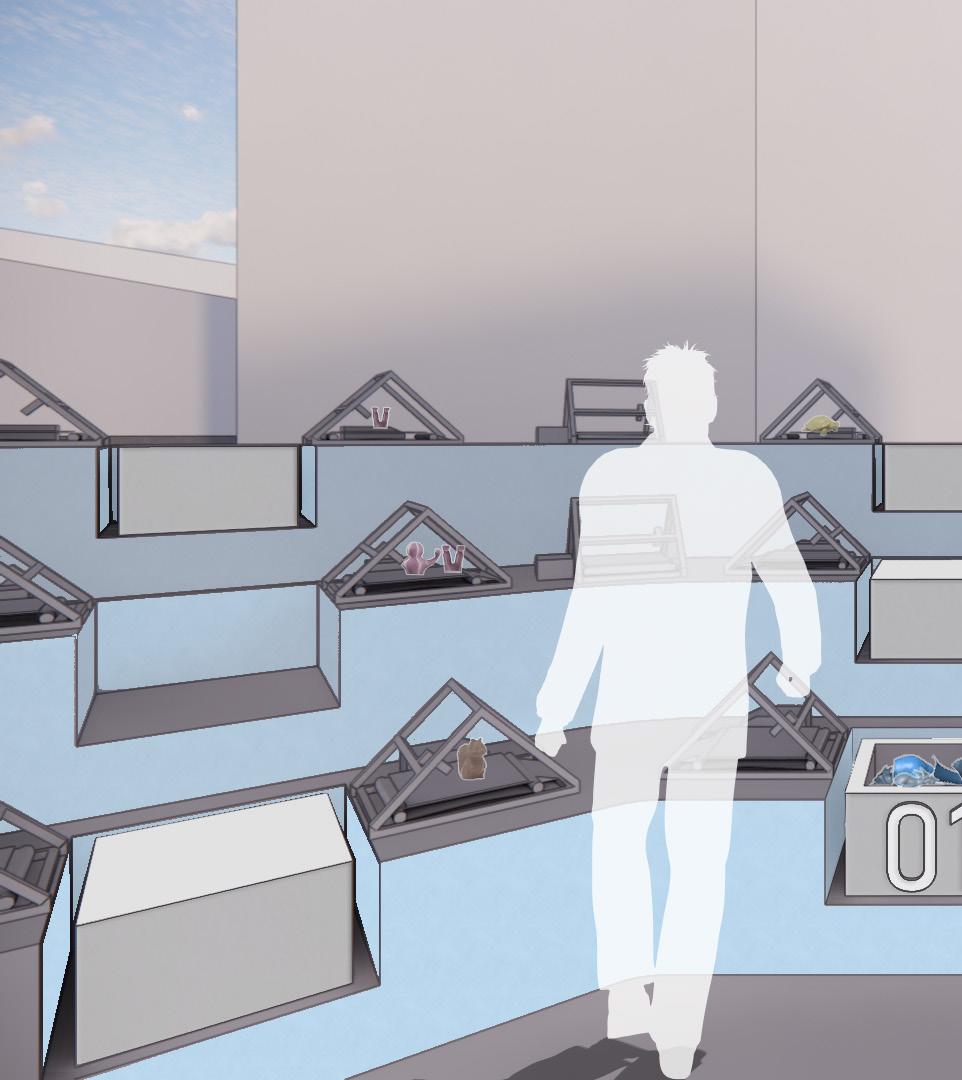
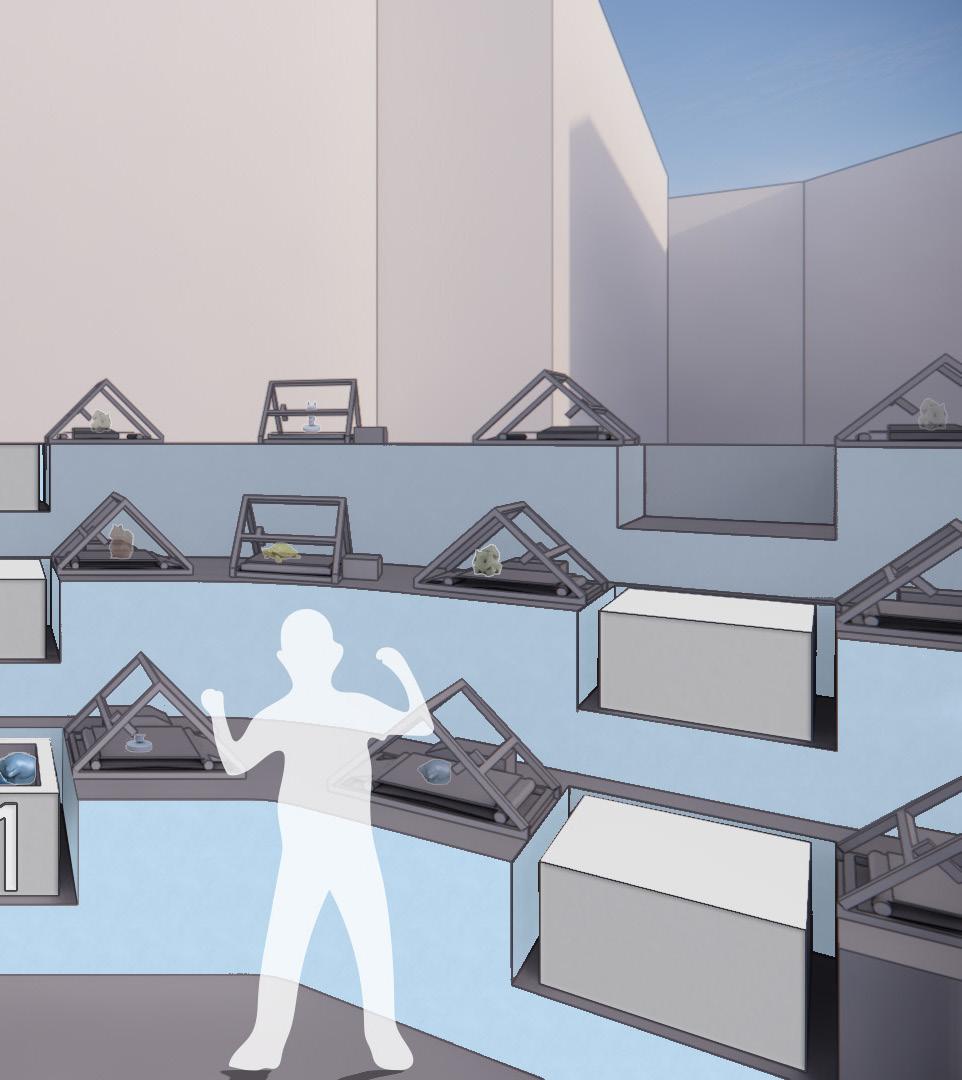
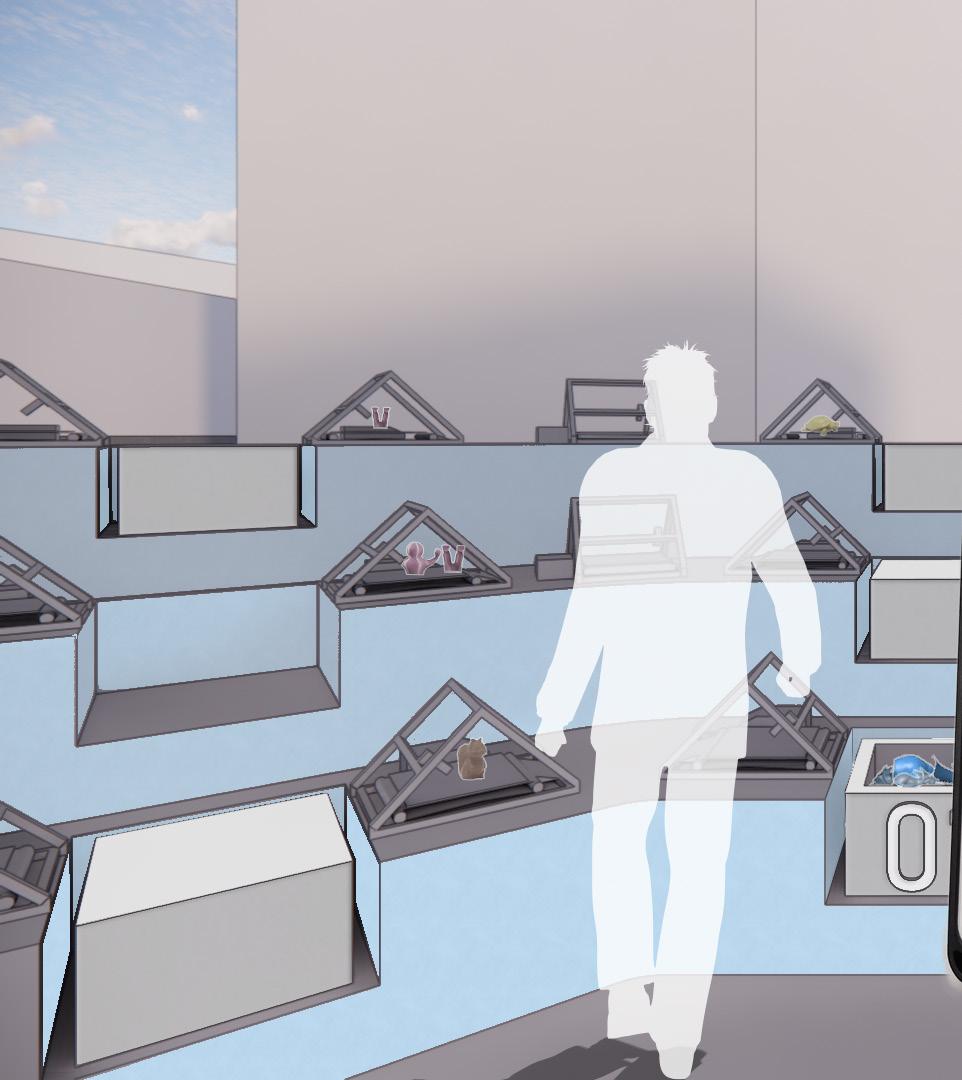
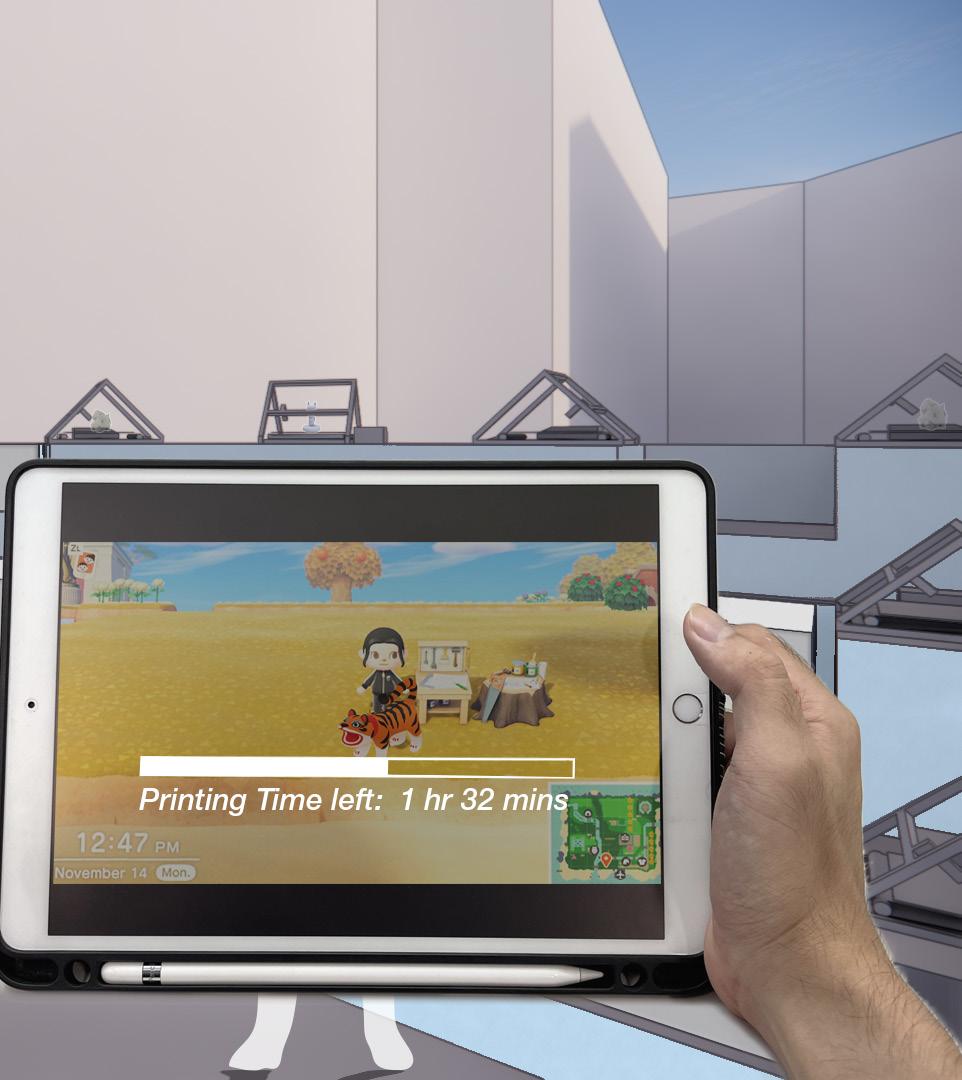
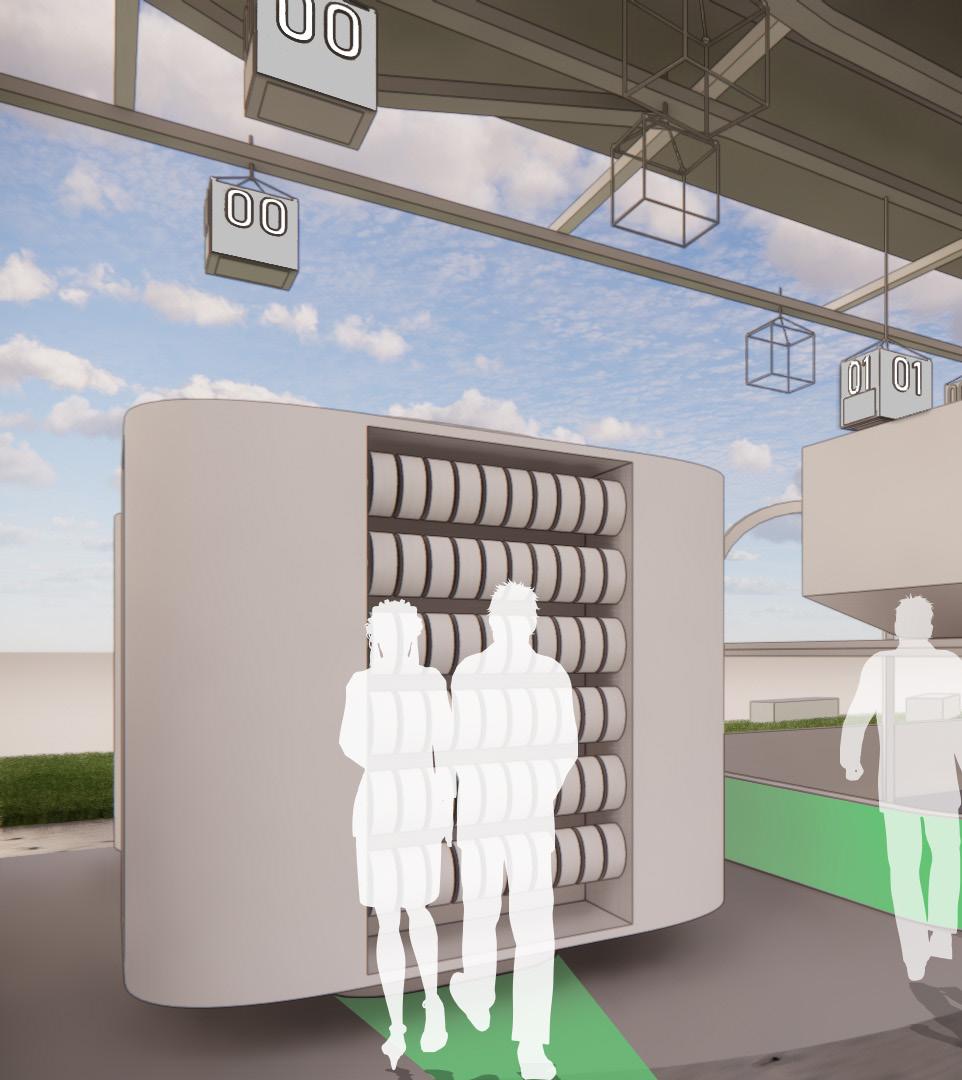
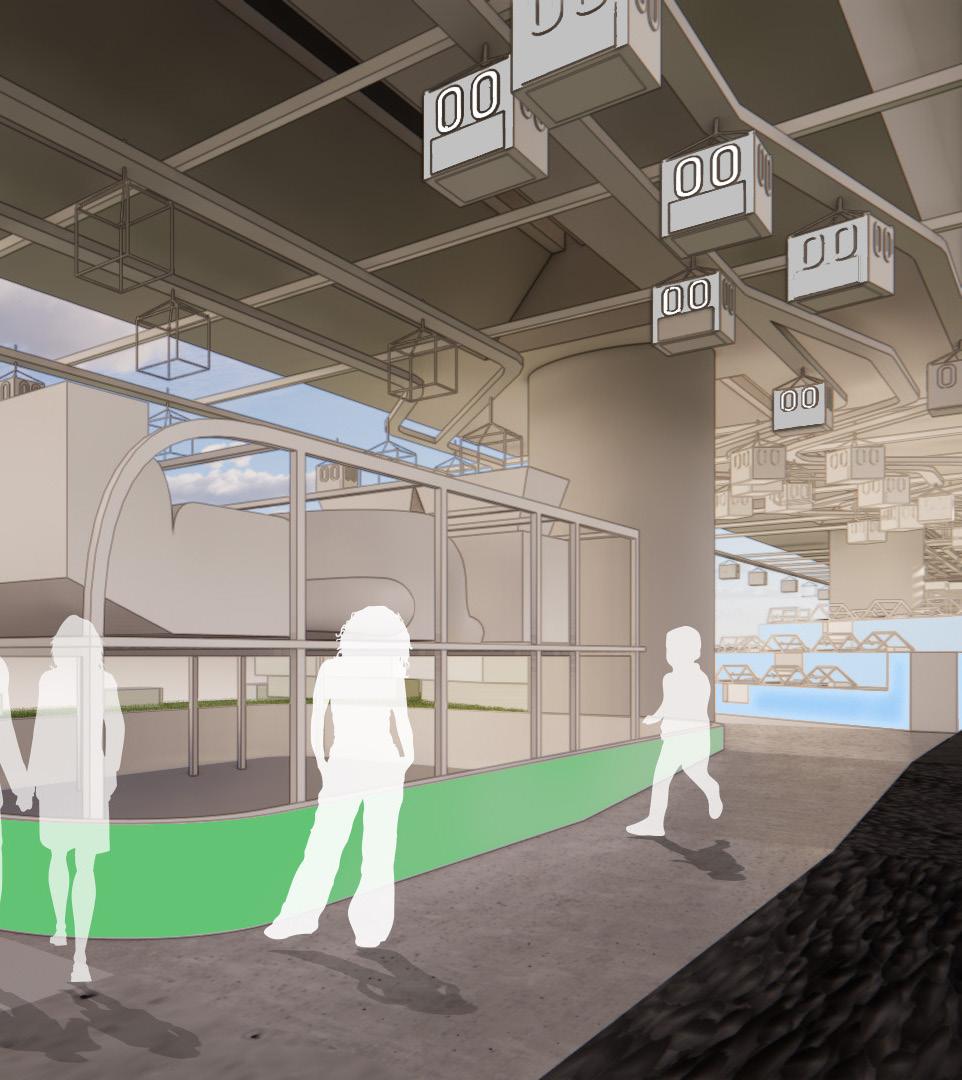
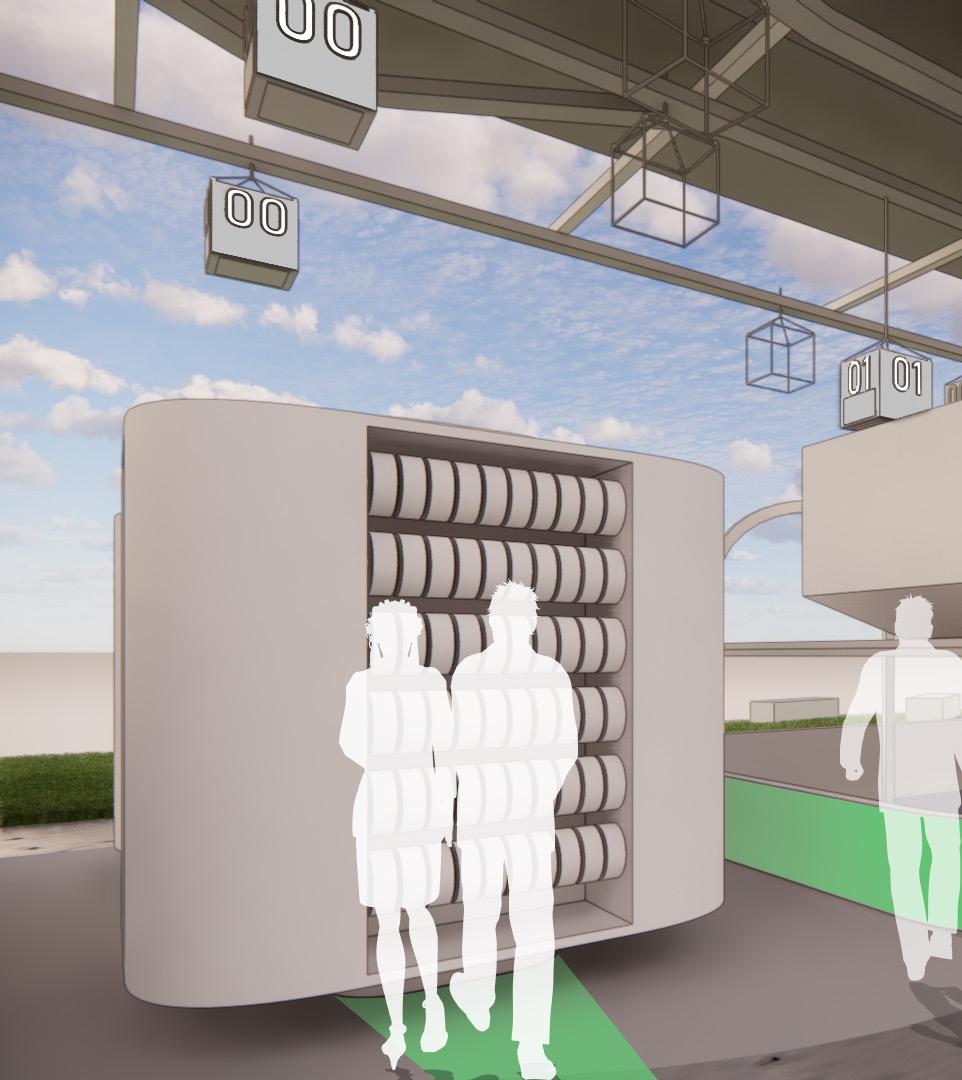
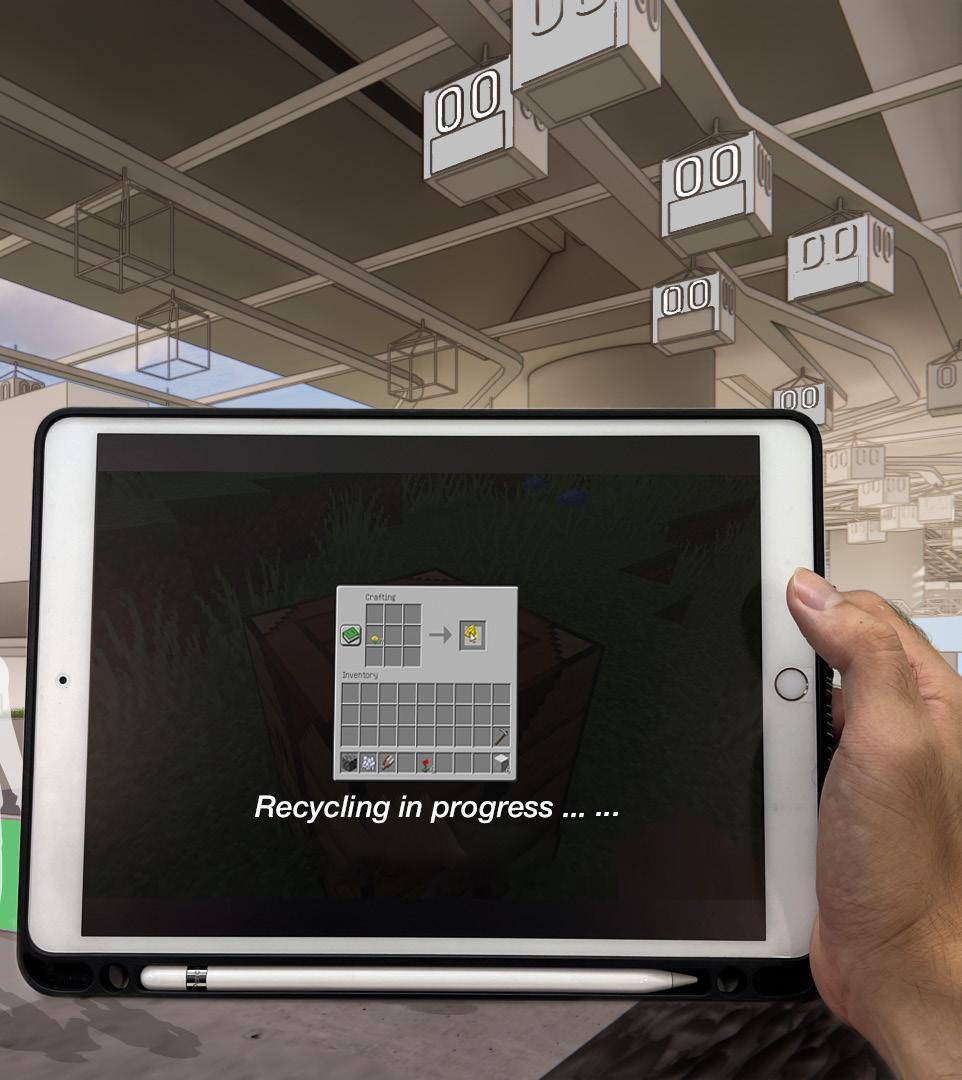
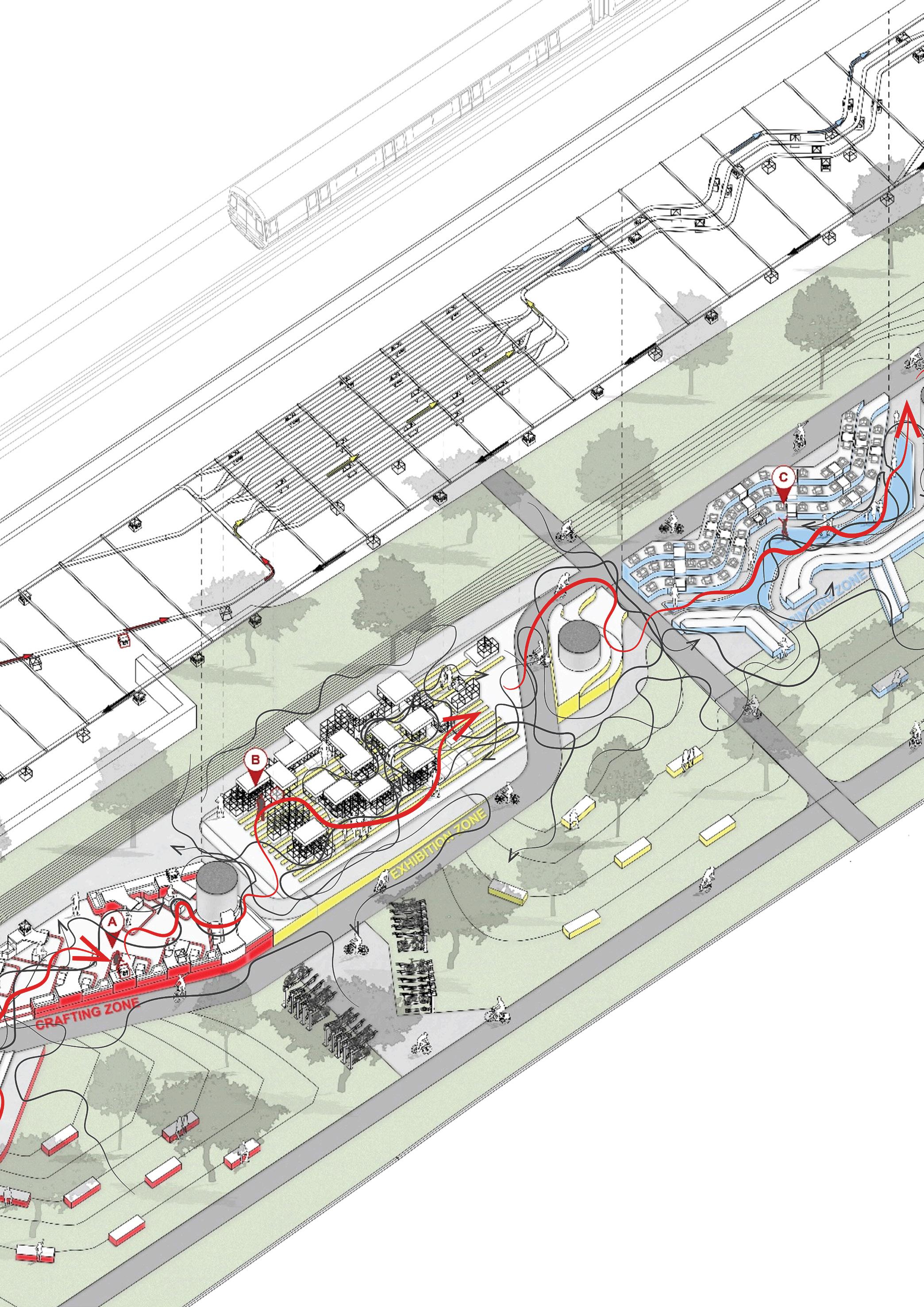
The experience of the space is no way fixed and interactions can actively occur across the linearscape as individual actively make ,exhibit ,print and recycle. In the process of social isolation, the individual may be alone at first. However, he can slowly make more friends, allowing him to step out of the social isolation and loneliness that he once experience.
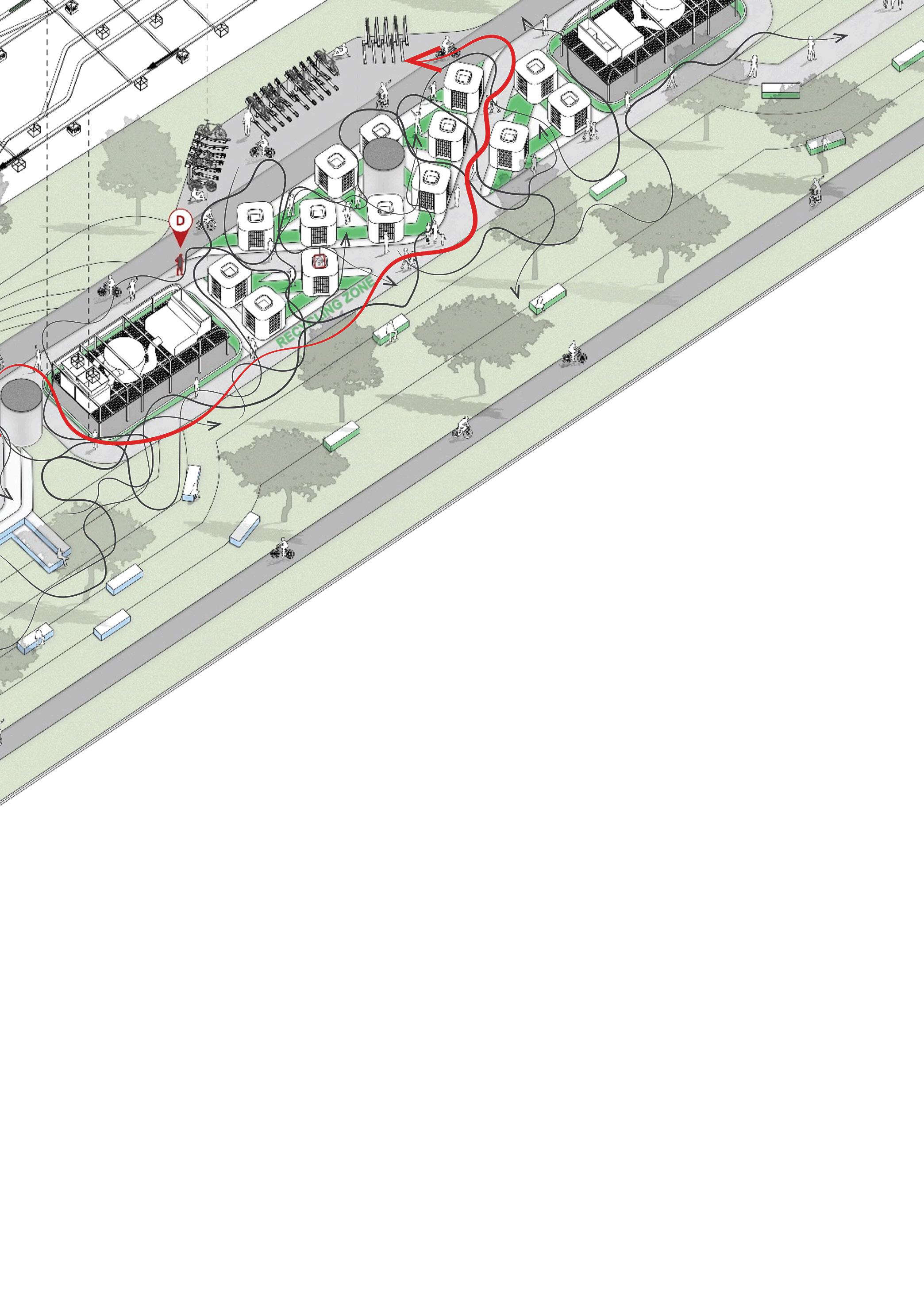
MODEL PHOTOS
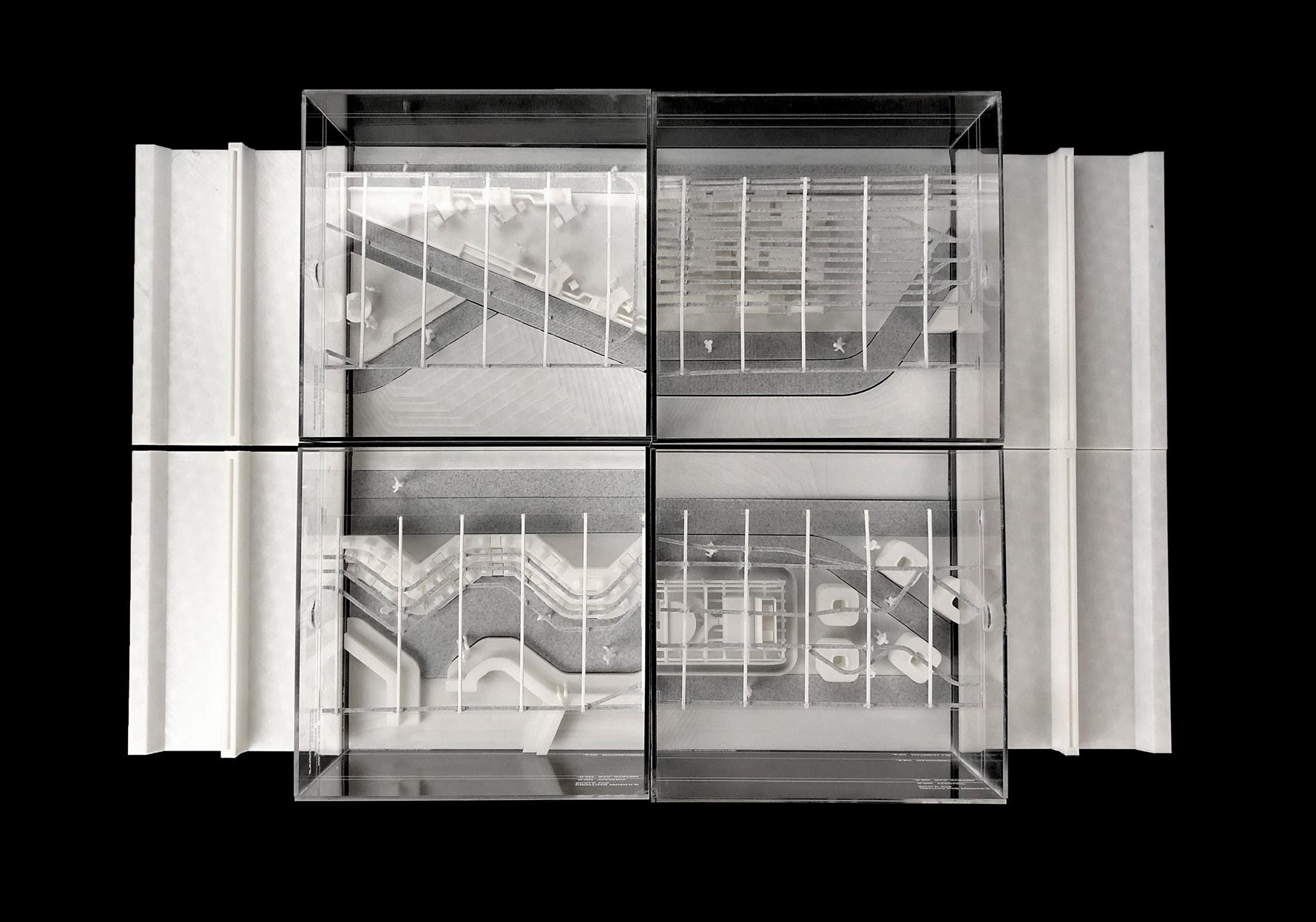







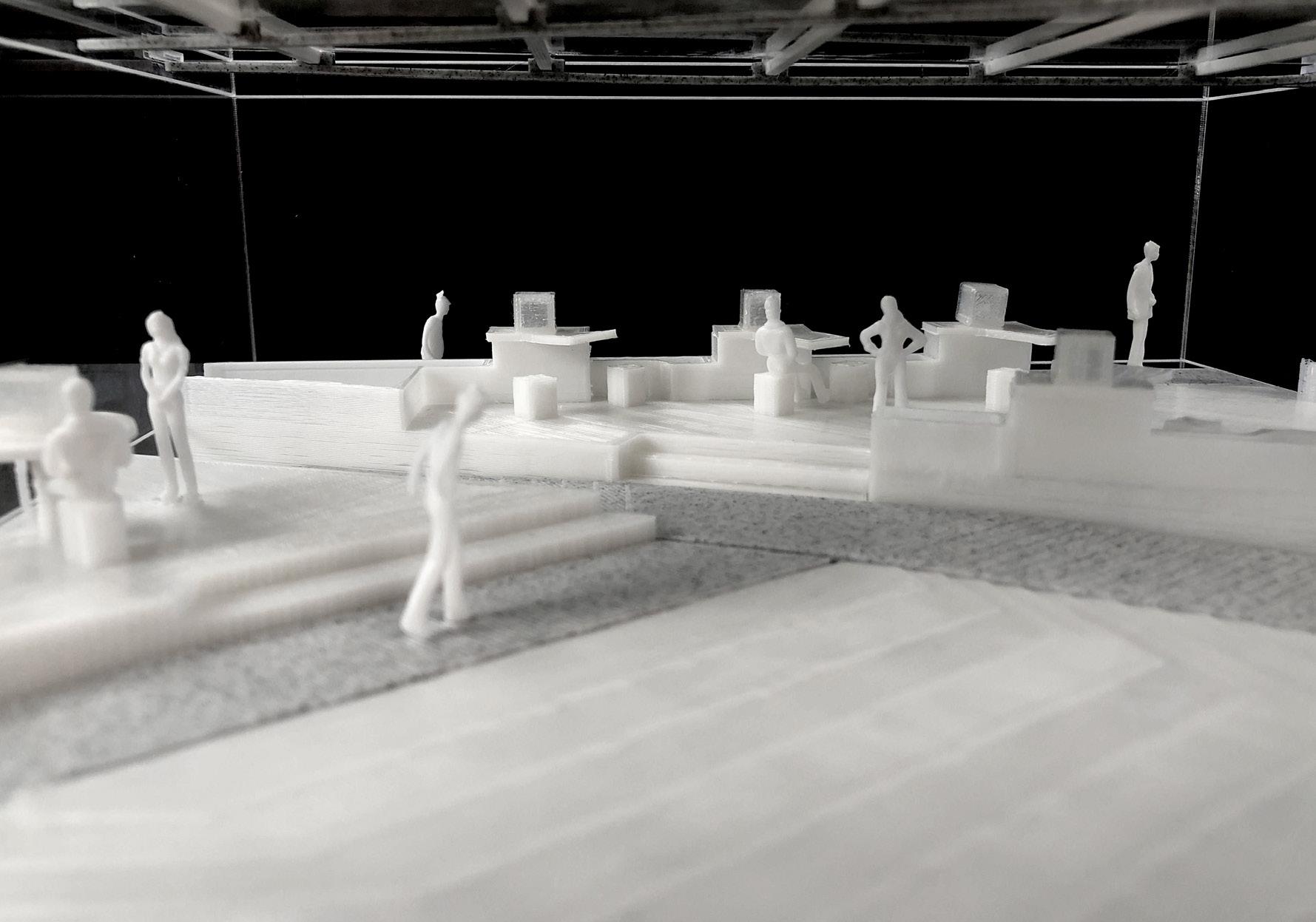
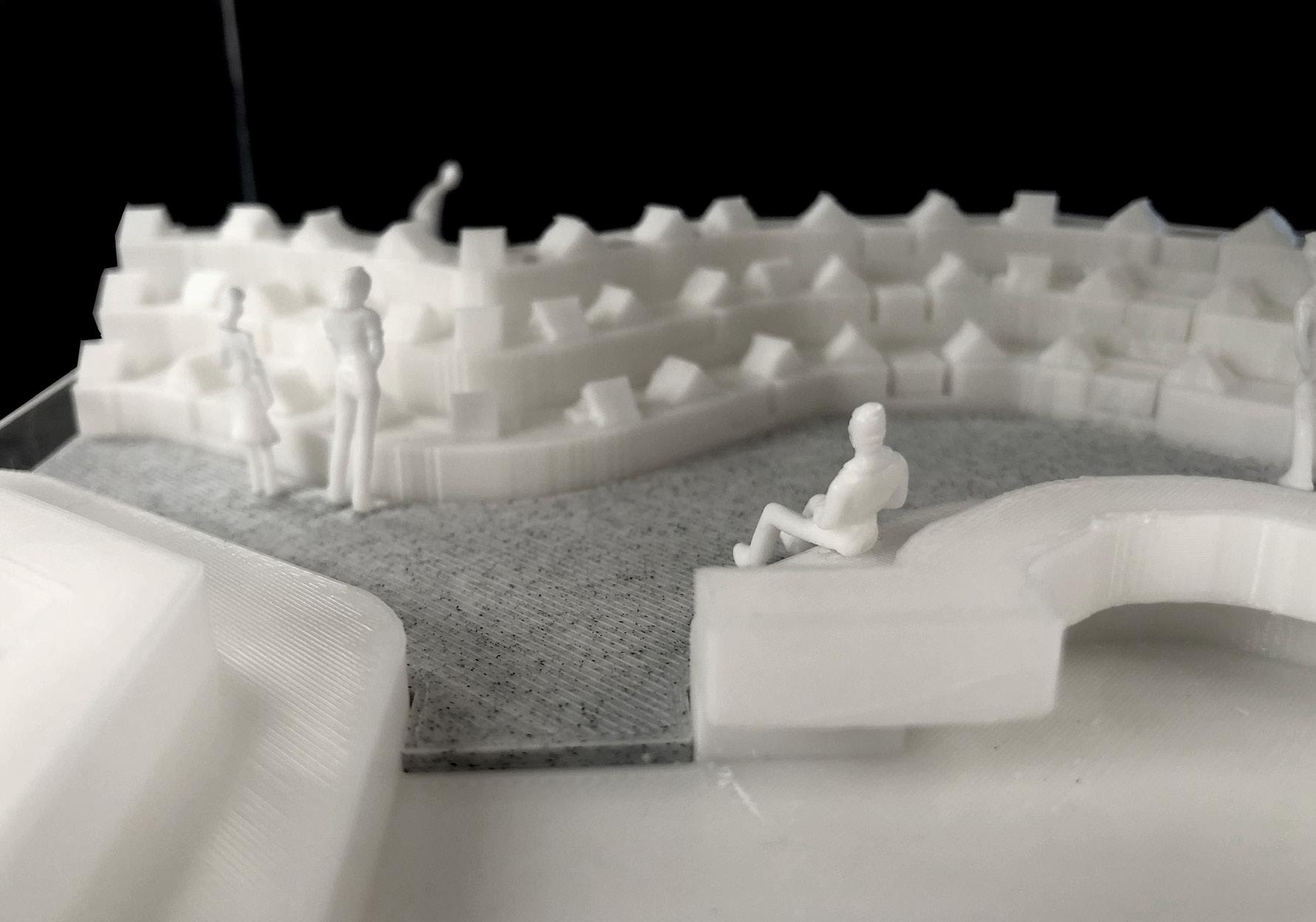
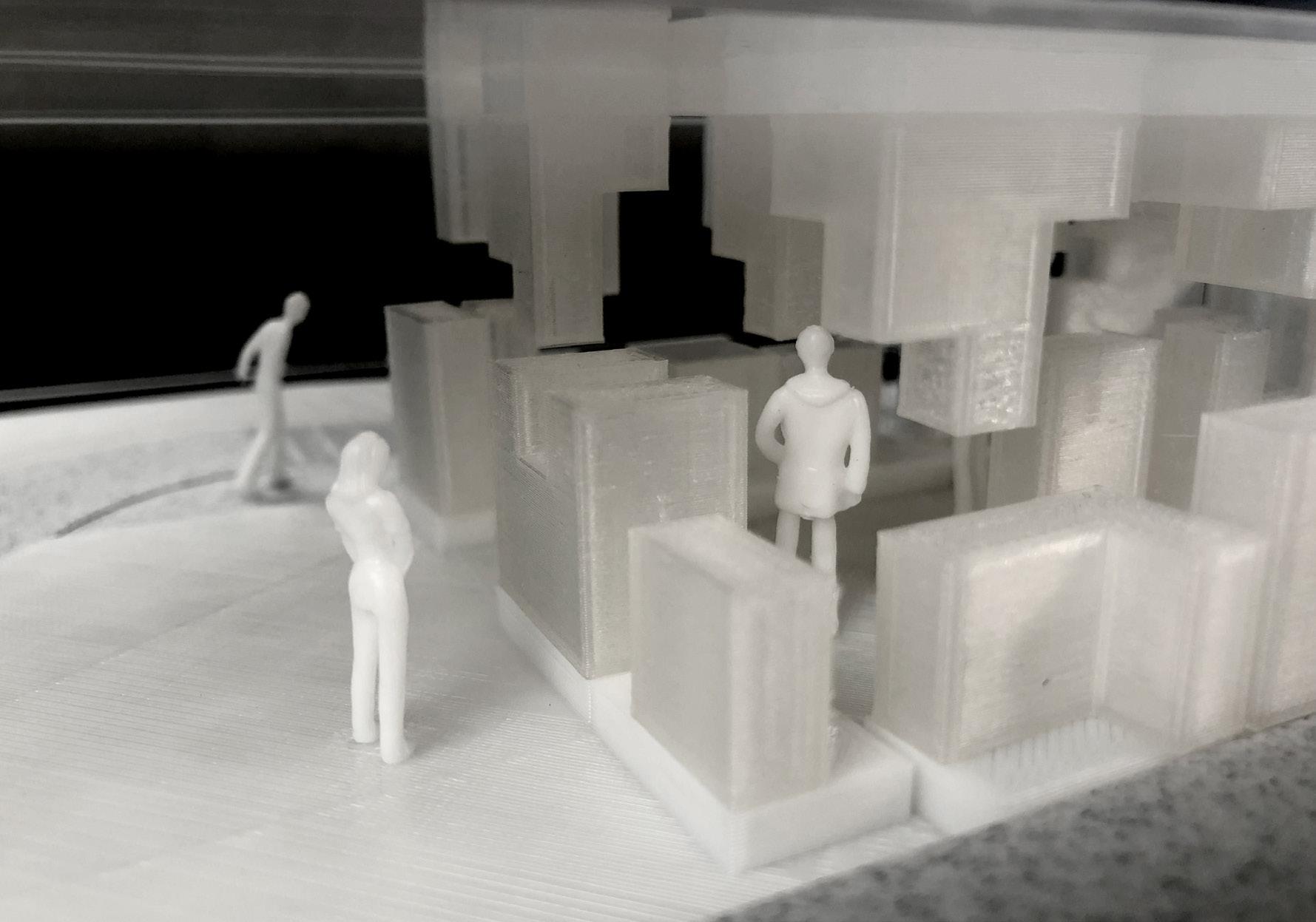
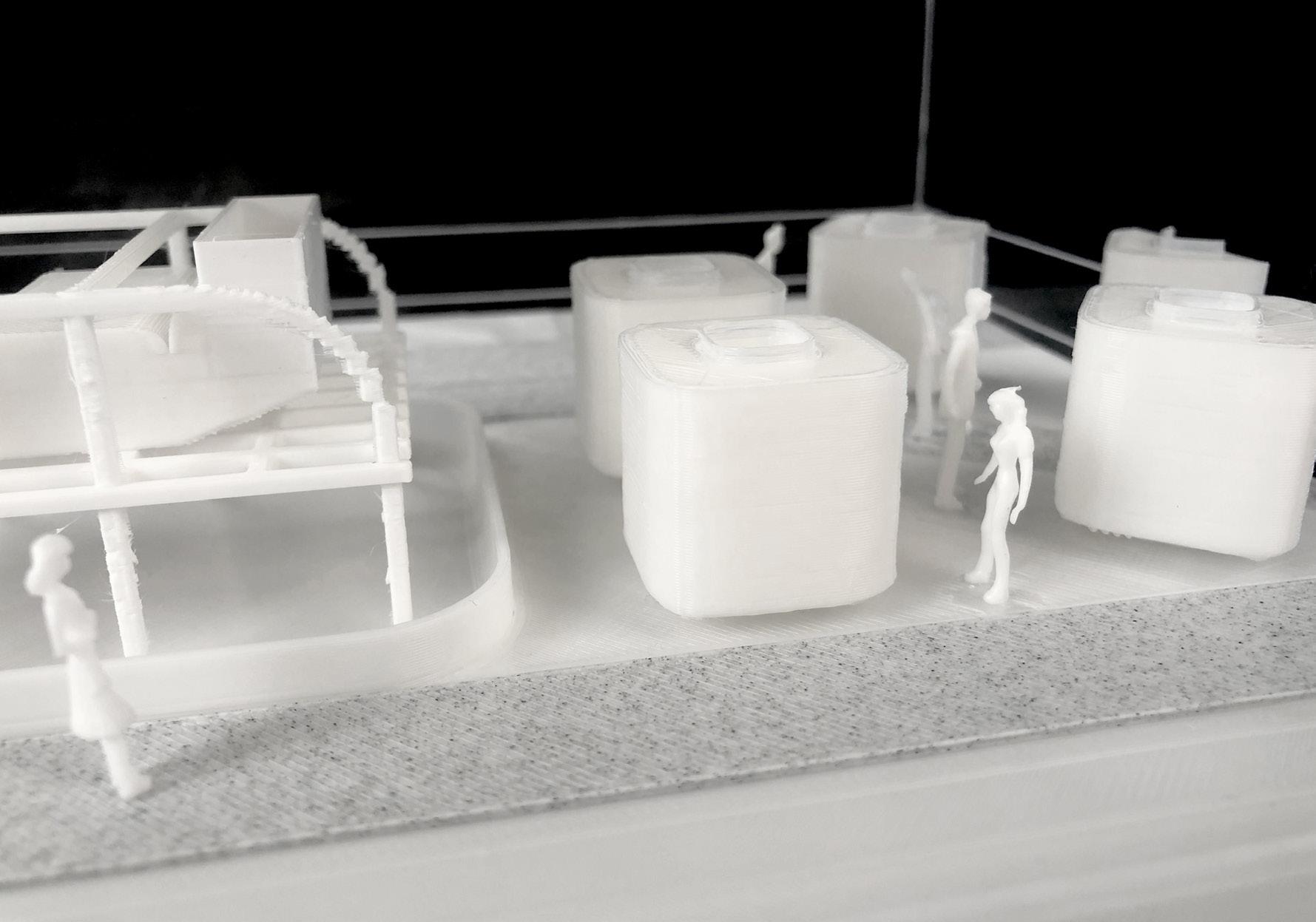
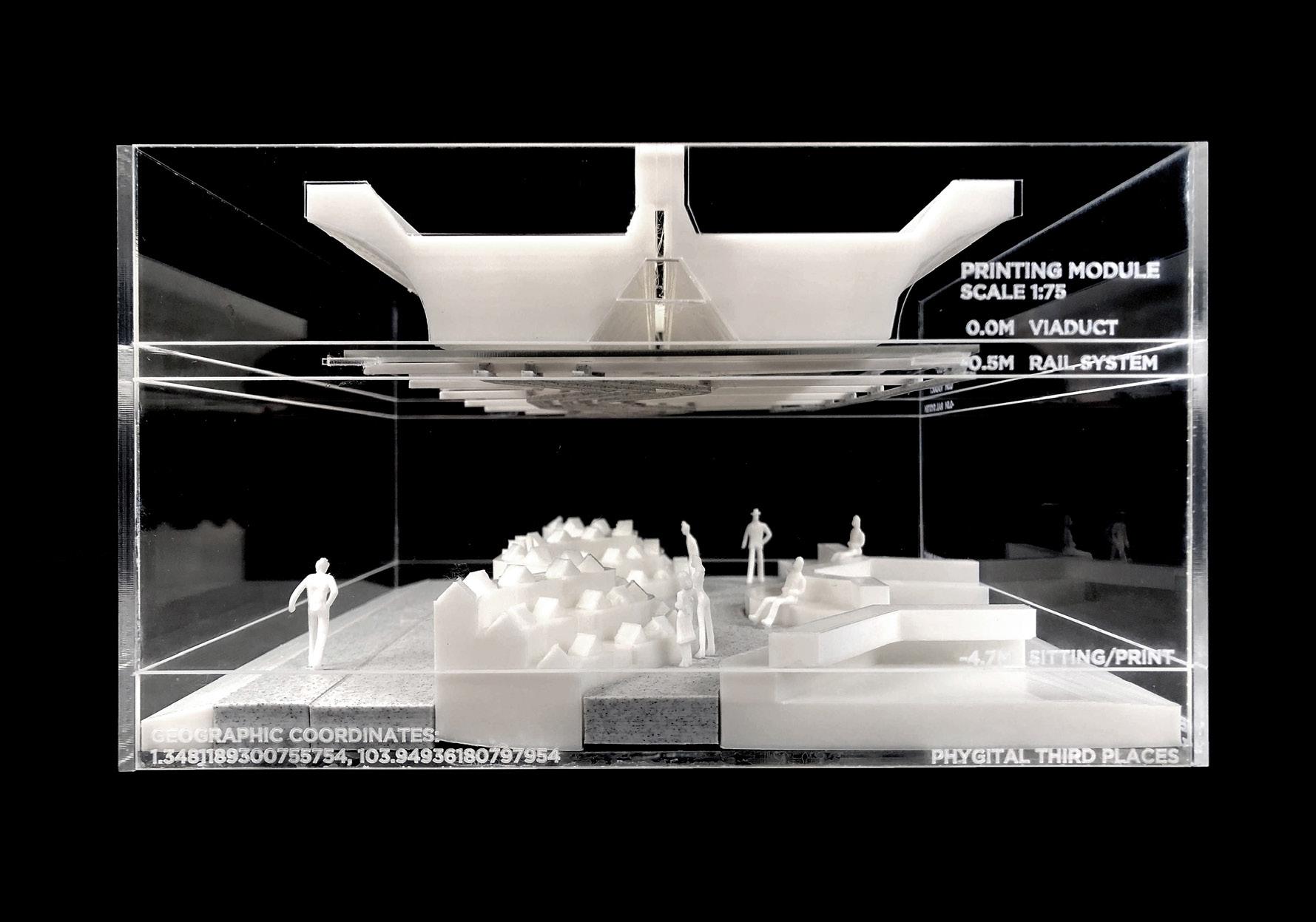

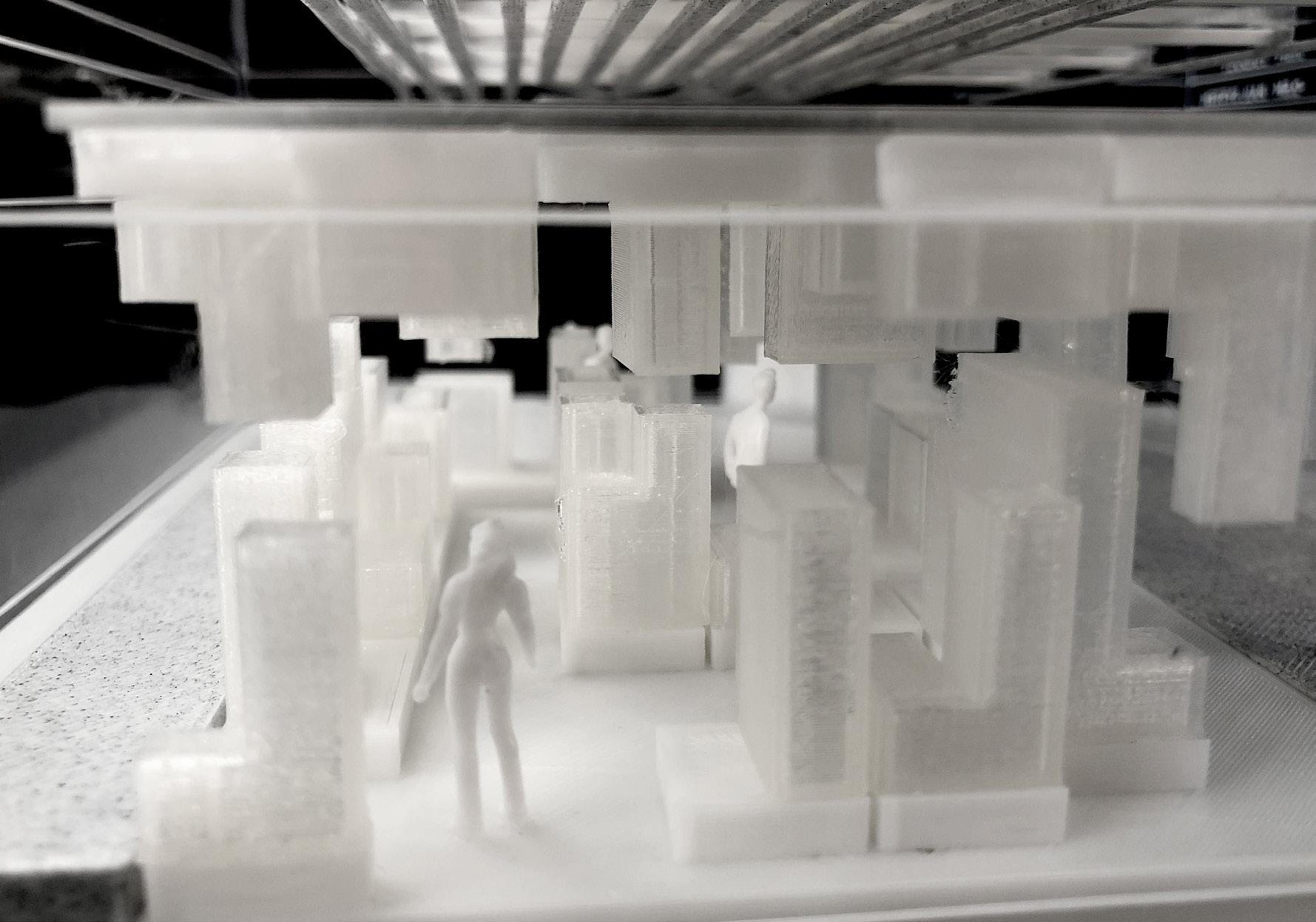
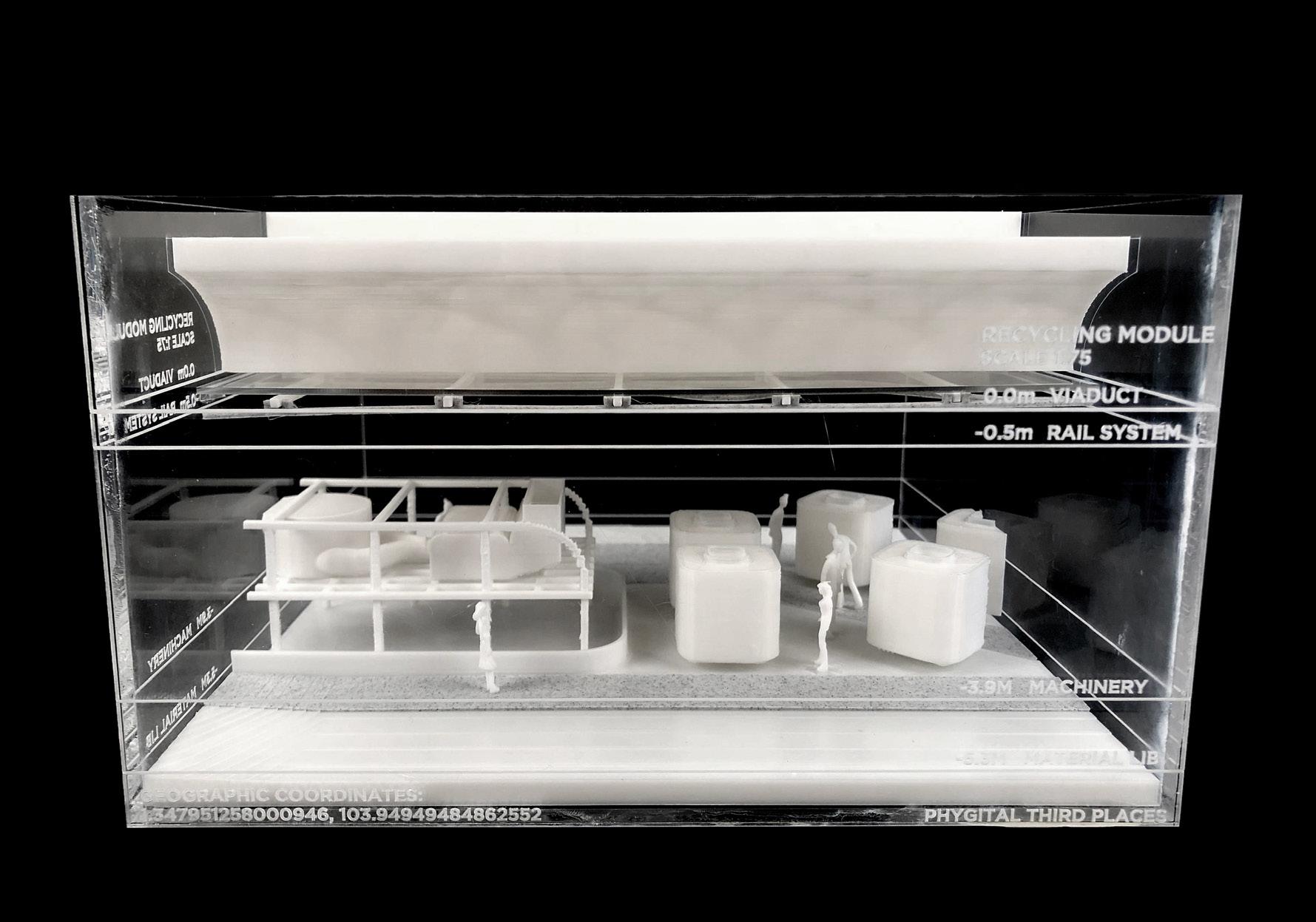
REFERENCES
ANACLETO, J. & FELS, S. Adoption and appropriation: A design process from HCI research at a Brazilian neurological hospital. IFIP Conference on Human-Computer Interaction, 2013. Springer, 356-363.
APPEL, L., APPEL, E., BOGLER, O., WISEMAN, M., COHEN, L., EIN, N., ABRAMS, H. B. & CAMPOS, J. L. 2020. Older Adults With Cognitive and/ or Physical Impairments Can Benefit From Immersive Virtual Reality Experiences: A Feasibility Study. Frontiers in medicine, 6, 329-329.
ASTELL-BURT, T., HARTIG, T., ECKERMANN, S., NIEUWENHUIJSEN, M., MCMUNN, A., FRUMKIN, H. & FENG, X. 2021. More green, less lonely? A longitudinal cohort study. International Journal of Epidemiology, 51, 99110.
BIOCCA, F. 1997. The cyborg’s dilemma: Progressive embodiment in virtual environments. Journal of computer-mediated communication, 3, JCMC324.
BORDINI, R. A. & KORN, O. 2020. A Mobile App to Combat Loneliness and Social Isolation Among University Students. 22nd International Conference on Human-Computer Interaction with Mobile Devices and Services. Oldenburg, Germany: Association for Computing Machinery.
CAUBERGHE, V., VAN WESENBEECK, I., DE JANS, S., HUDDERS, L. & PONNET, K. 2020. How Adolescents Use Social Media to Cope with Feelings of Loneliness and Anxiety During COVID-19 Lockdown. Cyberpsychology, Behavior, and Social Networking, 24, 250-257.
CORNELL EMPOWERMENT, P. 1989. Networking... bulletin empowerment & family support. Networking... bulletin empowerment & family support.
CUIJPERS, P., VAN STRATEN, A. & WARMERDAM, L. 2007. Behavioral activation treatments of depression: A meta-analysis. Clinical Psychology Review, 27, 318-326.
FOGG, B. J. & TSENG, H. The elements of computer credibility. Proceedings of the SIGCHI conference on Human Factors in Computing Systems, 1999. 80-87.
FORSMAN, A. K., NORDMYR, J. & WAHLBECK, K. 2011. Psychosocial interventions for the promotion of mental health and the prevention of depression among older adults. Health Promot Int, 26 Suppl 1, i85-107.
FOSTER, A., THOMPSON, J., HOLDING, E., ARISS, S., MUKURIA, C., JACQUES, R., AKPARIDO, R. & HAYWOOD, A. 2021. Impact of social prescribing to address loneliness: A mixed methods evaluation of a national social prescribing programme. Health & Social Care in the Community, 29, 1439-1449.
HU, M. 2009. Will Online Chat Help Alleviate Mood Loneliness? Cyberpsychology & behavior : the impact of the Internet, multimedia and virtual reality on behavior and society, 12, 219-23.
JEFFRES, L., BRACKEN, C., JIAN, G. & CASEY, M. 2009. The Impact of Third Places on Community Quality of Life. Applied Research in Quality of Life, 4, 333-345.
LEE, K. M., JUNG, Y., KIM, J. & KIM, S. R. 2006. Are physically embodied social agents better than disembodied social agents?: The effects of physical embodiment, tactile interaction, and people’s loneliness in human–robot interaction. International journal of human-computer studies, 64, 962-973.
REFERENCES
LEWINSOHN, P. M. 1975. The Behavioral Study and Treatment of Depression. In: HERSEN, M., EISLER, R. M. & MILLER, P. M. (eds.) Progress in Behavior Modification. Elsevier.
MALONEY, D., FREEMAN, G. & ROBB, A. 2021. Stay Connected in An Immersive World: Why Teenagers Engage in Social Virtual Reality. Interaction Design and Children. Athens, Greece: Association for Computing Machinery.
MARK, W. 1991. The computer for the 21st century. Scientific american, 265, 94-104.
OLDENBURG, R. & BRISSETT, D. 1982. The third place. Qualitative Sociology, 5, 265-284.
PERKINS, D. & ZIMMERMAN, M. 1995. Empowerment theory, research, and application. American journal of community psychology, 23, 569-79.
PIRHONEN, J., TIILIKAINEN, E., PEKKARINEN, S., LEMIVAARA, M. & MELKAS, H. 2020. Can robots tackle late-life loneliness? Scanning of future opportunities and challenges in assisted living facilities. Futures, 124, 102640.
RAPPAPORT, J. 1987. Terms of empowerment/exemplars of prevention: Toward a theory for community psychology. American journal of community psychology, 15, 121-148.
SWIFT, C. & LEVIN, G. 1987. Empowerment: An emerging mental health technology. Journal of primary prevention, 8, 71-94.
WEE, L. E., TSANG, T. Y. Y., YI, H., TOH, S. A., LEE, G. L., YEE, J., LEE, S., OEN, K. & KOH, G. C. H. 2019. Loneliness amongst Low-Socioeconomic Status Elderly Singaporeans and its Association with Perceptions of the Neighbourhood Environment. International journal of environmental research and public health, 16, 967.
WEISS, R. S. 1973. Loneliness: The experience of emotional and social isolation.
ZIMMERMAN, M. A., ISRAEL, B. A., SCHULZ, A. & CHECKOWAY, B. 1992. Further explorations in empowerment theory: An empirical analysis of psychological empowerment. American journal of community psychology, 20, 707-727.
ZUBATSKY, M., BERG-WEGER, M. & MORLEY, J. 2020. Using Telehealth Groups to Combat Loneliness in Older Adults Through COVID-19. Journal of the American Geriatrics Society, 68, 1678-1679.
